Chinchillas might be small, but they come with big dietary needs. If you're a chinchilla owner, you've likely asked yourself what foods are safe, which ones are beneficial, and what to keep far away. Understanding the ideal chinchilla diet extends far beyond simply tossing a few pellets into a dish.
Click Here to Shop Rabbit Products.

They require a specific combination of high-fiber hay, fresh water, carefully chosen pellets, and just a sprinkle of healthy treats. Miss the mark, and their sensitive digestive system may respond with serious health issues. But get it right, and you'll have a happy, bouncy little fluffball who lives a long, healthy life.
Understanding the Basics of a Chinchilla's Needs
Before we break down the foods that support a balanced chinchilla diet, let's take a closer look at what makes these critters so unique.
Chinchillas Are True Herbivores
This means they eat only plant-based foods. No meat. No dairy. Not even fruit in large amounts. Their digestive systems are designed to process fiber-rich vegetation, much like those of rabbits or guinea pigs.
They thrive on a steady flow of food in their system. If they go too long without eating, their gut slows down — a condition called GI stasis. This can be life-threatening if not caught in time.
They Need to Chew. Constantly.
One thing many new owners don't realize is that chinchillas' teeth never stop growing. Without enough rough materials to chew, their teeth can overgrow and cause pain, or worse, pierce into the gums or jaw.
This is where high-quality hay and safe chew toys come into play. They're not just for fun — they're survival tools.
The Core of the Chinchilla Diet: Hay
If you remember nothing else, remember this: hay should make up 75–80% of your chinchilla's total diet. Not pellets. Not vegetables. Not treats.

Why Hay is So Important
Hay provides long-strand fiber that keeps their digestive system working smoothly. It also encourages natural chewing, which helps keep their teeth in good condition. A lack of hay can cause both digestive and dental problems in no time.
Chinchillas need free-choice access to hay 24/7. That means you should always keep it available in their cage — and not worry about overfeeding. Unlike pellets or fruit, they won't overeat hay.
Best Hay Options
The best hay types for adult chinchillas include:
Timothy Hay – This is the most common choice and for good reason. It's coarse, high in fiber, and lower in protein and calcium. Perfect for adults.
Orchard Grass – A softer, sweet-smelling option that's great for picky eaters.
Mountain Grass – A mix of textures and flavors that keeps things interesting.
Want to try a variety and see what your chin likes best? Many hay suppliers offer mix-and-match bundles, like the ones at Rabbit Hole Hay, that let you sample multiple types.
What About Alfalfa?
Alfalfa Hay is not suitable for adult chinchillas. It's too high in calcium and protein, which can lead to kidney or bladder stones. It's best reserved for babies under one year old or nursing moms who need the extra nutrients.
Building Out the Rest of the Chinchilla Diet
While hay is the backbone of your chinchilla's nutrition, they still need a little extra to get all their vitamins and minerals. This is where pellets and fresh vegetables come in — but only in small, controlled amounts.
Pellets: Keep it Simple
Choose a pellet made specifically for chinchillas, with hay listed as the first ingredient. You don't want any added seeds, fruit, or colored bits. These mixes may look fun, but they often encourage selective eating and lead to nutritional gaps.
Look for pellets that are:
Fortified with vitamins A, D, and E
Free from added sugars
High in fiber (over 18%)
Limit servings to 1–2 teaspoons per day. Some owners offer 1 tsp in the morning and another in the evening to monitor their pet's appetite throughout the day.
Veggies in Moderation
Chinchillas can eat certain vegetables, but not too many. Stick to a maximum of ½ cup per 2 pounds of body weight per day. Eating too many fresh veggies can cause loose stool or upset their stomach.
Safe vegetables include:
Carrots
Celery
Squash
Pumpkin
Red leaf lettuce
Parsley
Sweet potato (in small, cooked amounts)
Fruits and Treats: Less is More
This is where many chinchilla diets go off track. Fruit is very high in sugar, which chinchillas aren't built to process. Treats should be just that — a rare reward, not a regular snack.
Stick to 1 teaspoon or less per day, and only offer safe options like:
Pear slices
Green apple (no seeds)
Raisins (only 3–4 per week)
Plain Cheerios or Shredded Wheat
Tip: Break treats into smaller pieces to make them last longer during training sessions or bonding time.
What Not to Feed Your Chinchilla
Some foods can be dangerous — even fatal — for chinchillas. Their digestive system simply isn't equipped to handle many ingredients found in typical human snacks or even foods that seem safe for other animals.

Toxic Vegetables
Keep these veggies far away from your chinchilla's food bowl:
Rhubarb (and rhubarb leaves)
Spinach
Asparagus
Broccoli
Avocados
Peas
Corn
Cabbage
Even in small amounts, these can upset their stomach, cause gas buildup, or worse.
Other Foods to Avoid
These items are common in human households, but have no place in a chinchilla's diet:
Chocolate
Nuts
Seeds
Onions
As a rule of thumb: if you're unsure, don't feed it. There are plenty of safe alternatives out there.
Water: A Critical Part of the Chinchilla Diet
While we often focus on food, hydration is just as important. A chinchilla should always have access to clean, fresh water. Change it daily and clean the bowl or bottle regularly to prevent bacteria buildup.
Water Bottles vs. Bowls
There's some debate over whether bowls or bottles are better. Bowls are more natural and can encourage better hydration, but some chinchillas love to tip them over.
If you go the bowl route, choose one with a flat bottom and place it in a corner. If you find it full of bedding or tipped over, a bottle might be a better choice for your setup.
Check out this detailed guide from PetMD for tips on cage setup and water safety for small pets.
Yes, They Eat Their Own Poop
It may sound gross, but it's completely natural. Chinchillas, like rabbits and guinea pigs, are caecotrophic. They produce two types of feces: a softer version that they eat, and a harder one that you'll find in their bedding.
This self-recycling process allows them to absorb nutrients that didn't get processed the first time through. It's part of what makes their digestion so efficient — and so sensitive to change.
How Diet Affects Dental Health
Dental issues are one of the top health problems in chinchillas. Their teeth grow continuously, so a steady supply of rough hay helps wear them down naturally.
Without it, overgrown teeth can pierce into their jaw or skull. This isn't just painful — it's life-threatening.
If your chinchilla suddenly stops eating or seems to be pawing at their mouth, see an exotic vet immediately. Chewing less, drooling, or weight loss are all signs to be aware of.
The VCA Animal Hospitals site has a great breakdown of signs of dental problems in chinchillas and how proper nutrition helps prevent them.
Signs Your Chinchilla Diet Is Working
A healthy chinchilla will have:
Bright eyes and alert posture
Consistent appetite and drinking habits
Regular, firm droppings
Clean fur with no drool around the mouth
If anything feels off — weight loss, loose stools, refusal to eat — it's time to review their diet and possibly contact your vet.
Chinchilla Diet Recap
Creating a balanced chinchilla diet doesn't have to be complicated. Stick to hay as their main food, offer quality pellets in small amounts, and add just a few veggies or fruits as a treat. Don't forget constant access to water and plenty of chewing materials.
And if you're looking for more guidance on healthy small pet nutrition, the blog on age-appropriate hay for rabbits has tips that apply to chinchillas, too.
What Chinchilla Owners Are Saying
"My chinchilla loves this hay! The first time I offered it to her, she literally ripped it from my fingers and started happily chomping away. I've tried several other brands, but none have been as consistently fresh as this one. It smells amazing and is soft — and best of all, my chinchilla loves it. Thank you!"
– Pam W., Minnesota
Key Takeaways
Hay should be 75–80% of your chinchilla's diet. Timothy Hay, Orchard Grass, or Mountain Grass are ideal.
Choose pellets without added sugar, seeds, or fruit, and limit servings to 1–2 teaspoons daily.
Fruits and vegetables should be occasional treats, not staples.
Provide fresh water daily, and watch for signs of dental or digestive trouble.
Stick with this approach, and your chinchilla will thank you with playful energy, silky soft fur, and years of companionship.


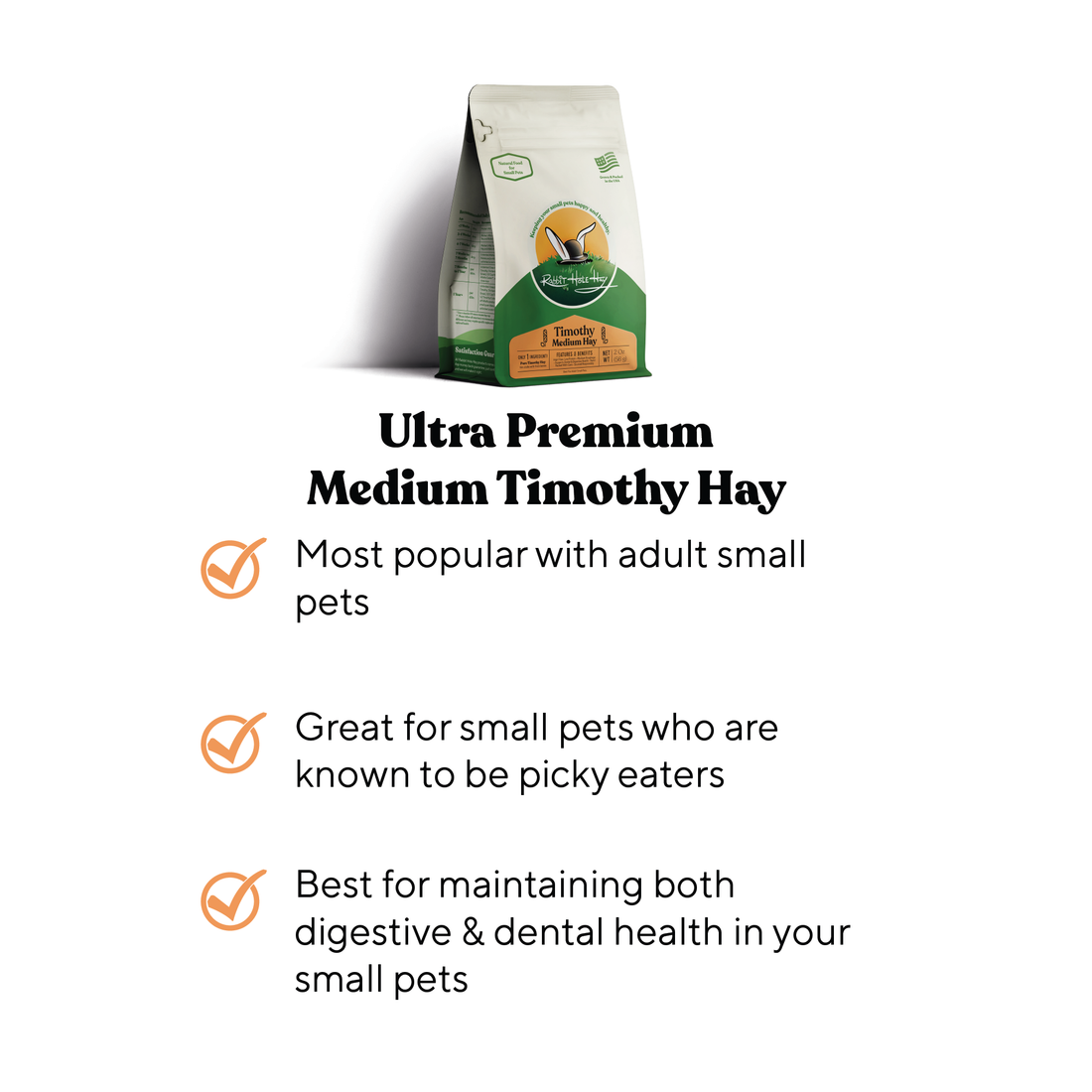



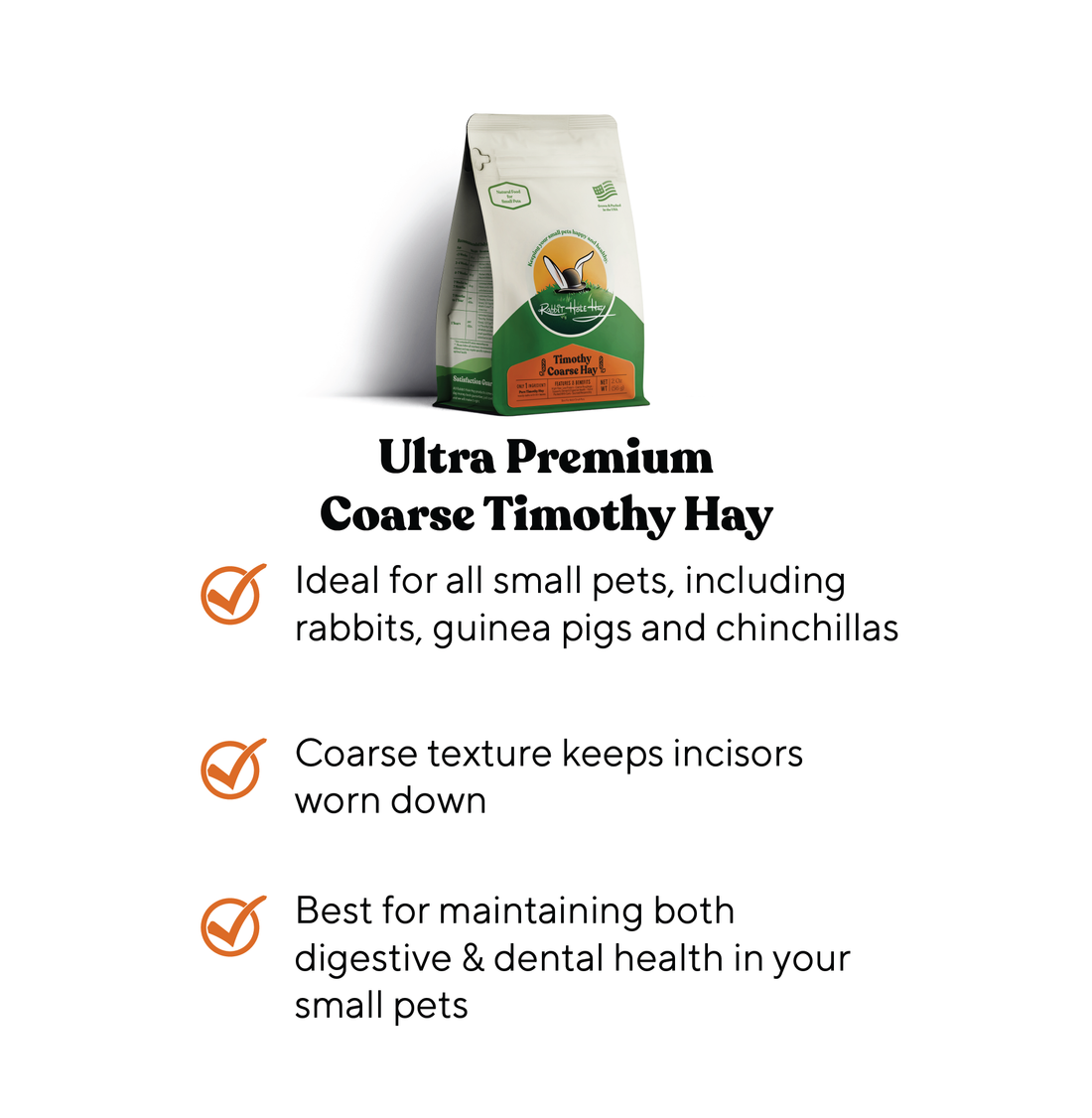
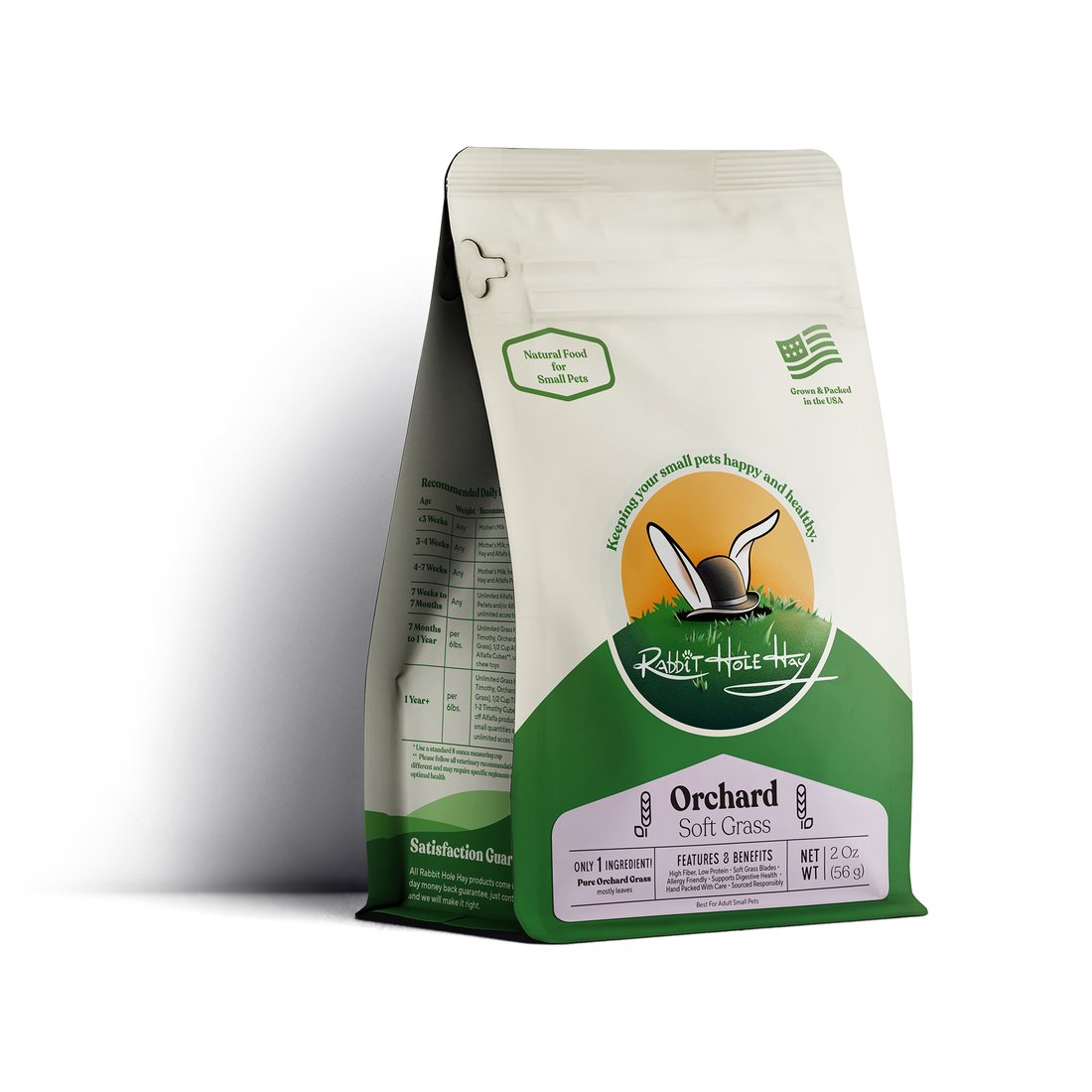
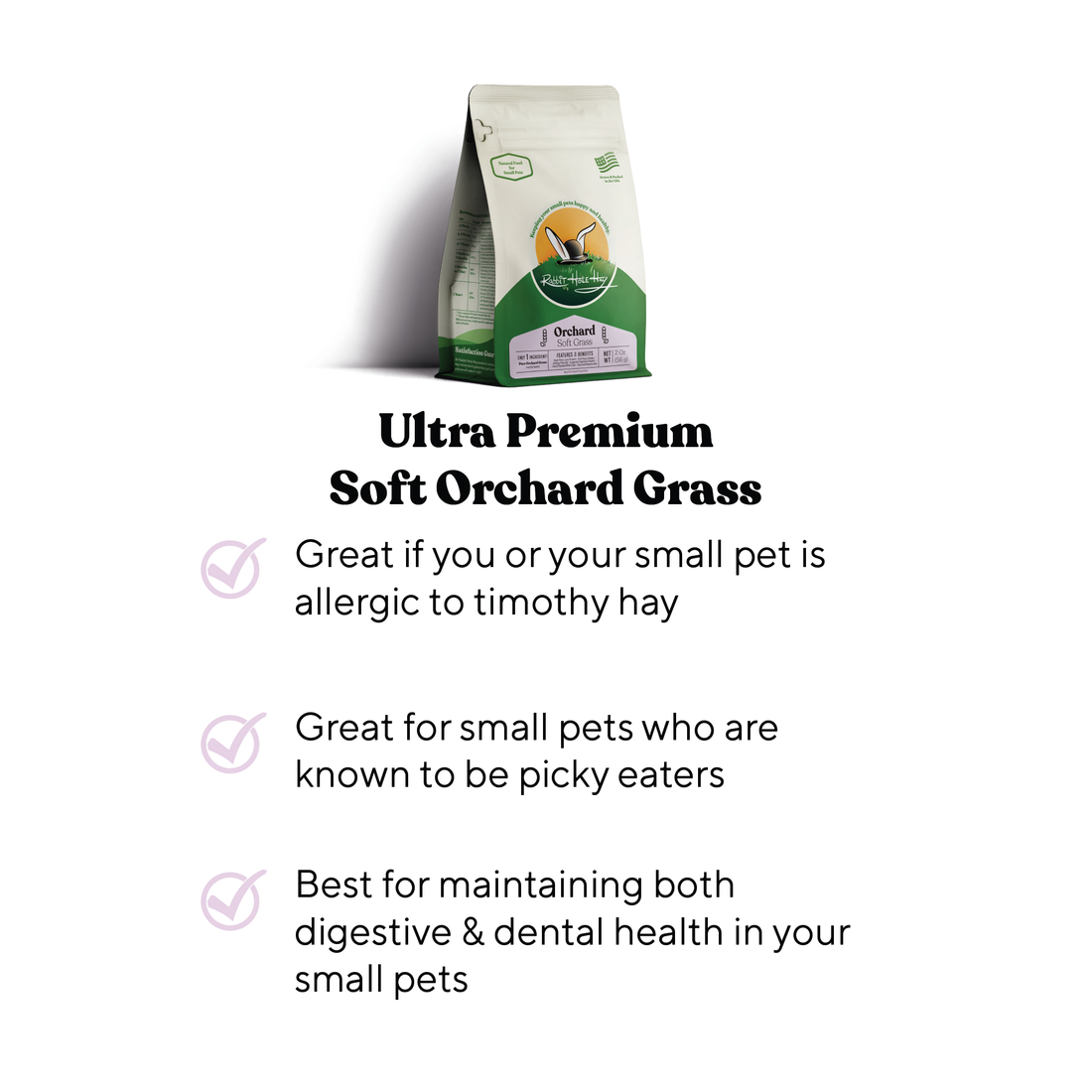
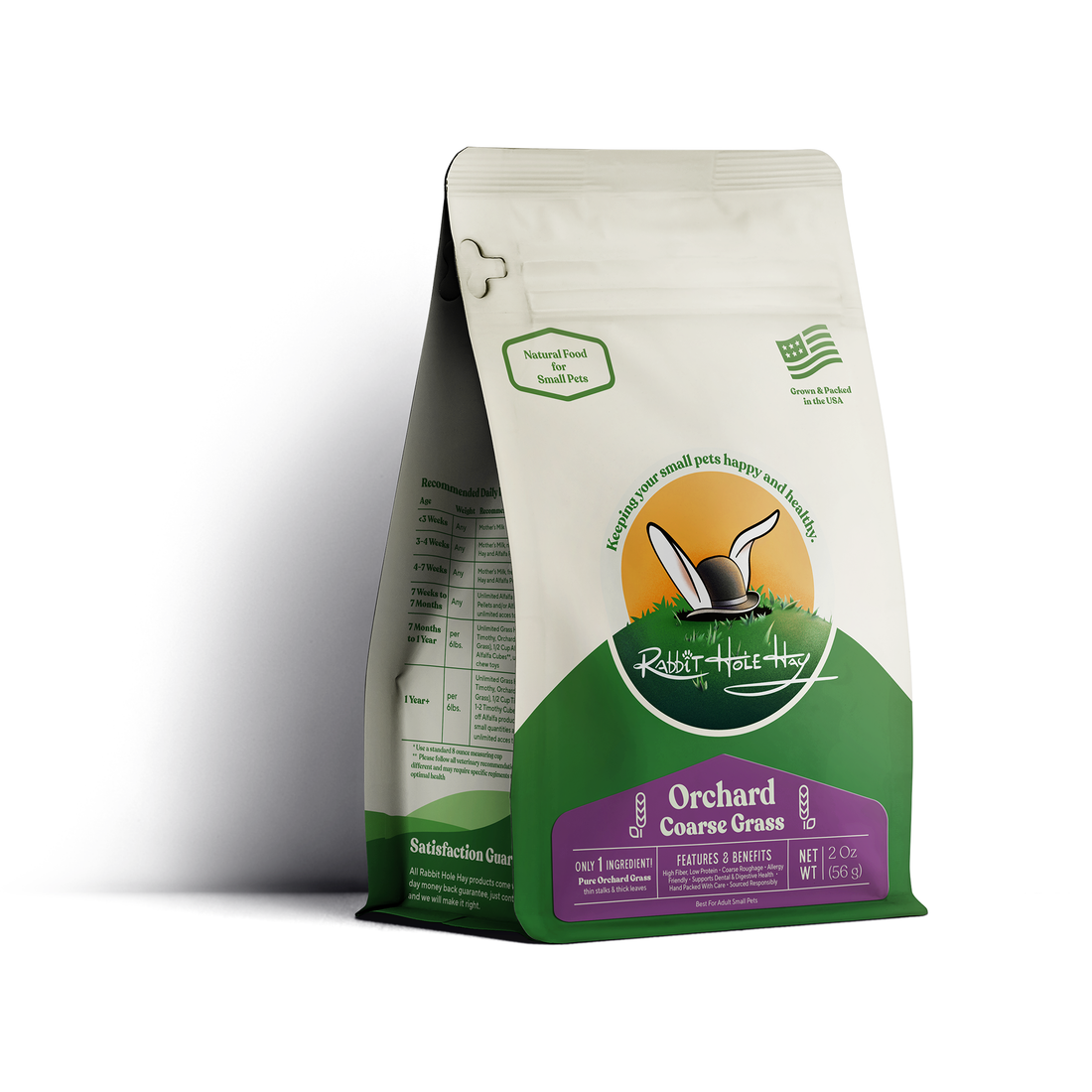
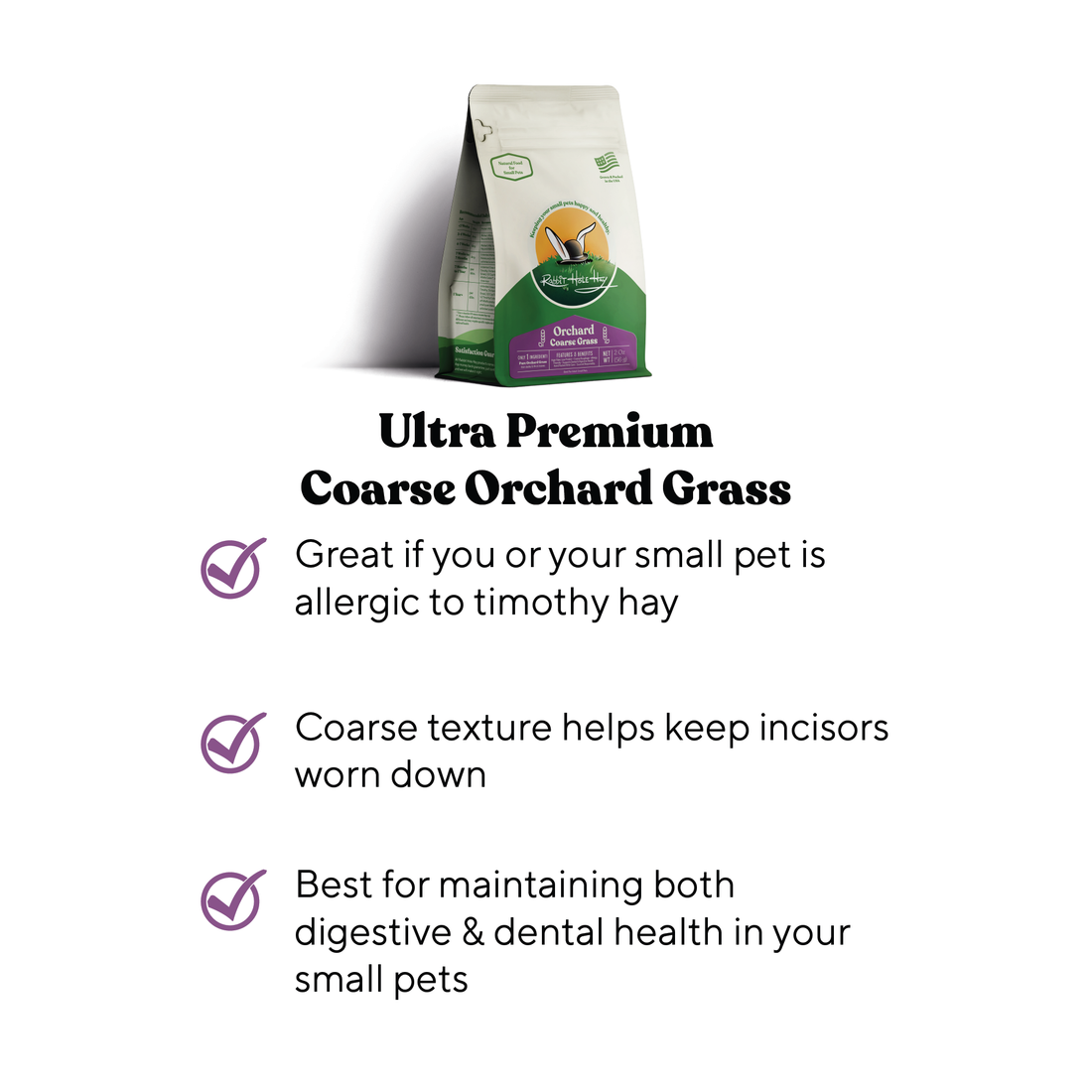
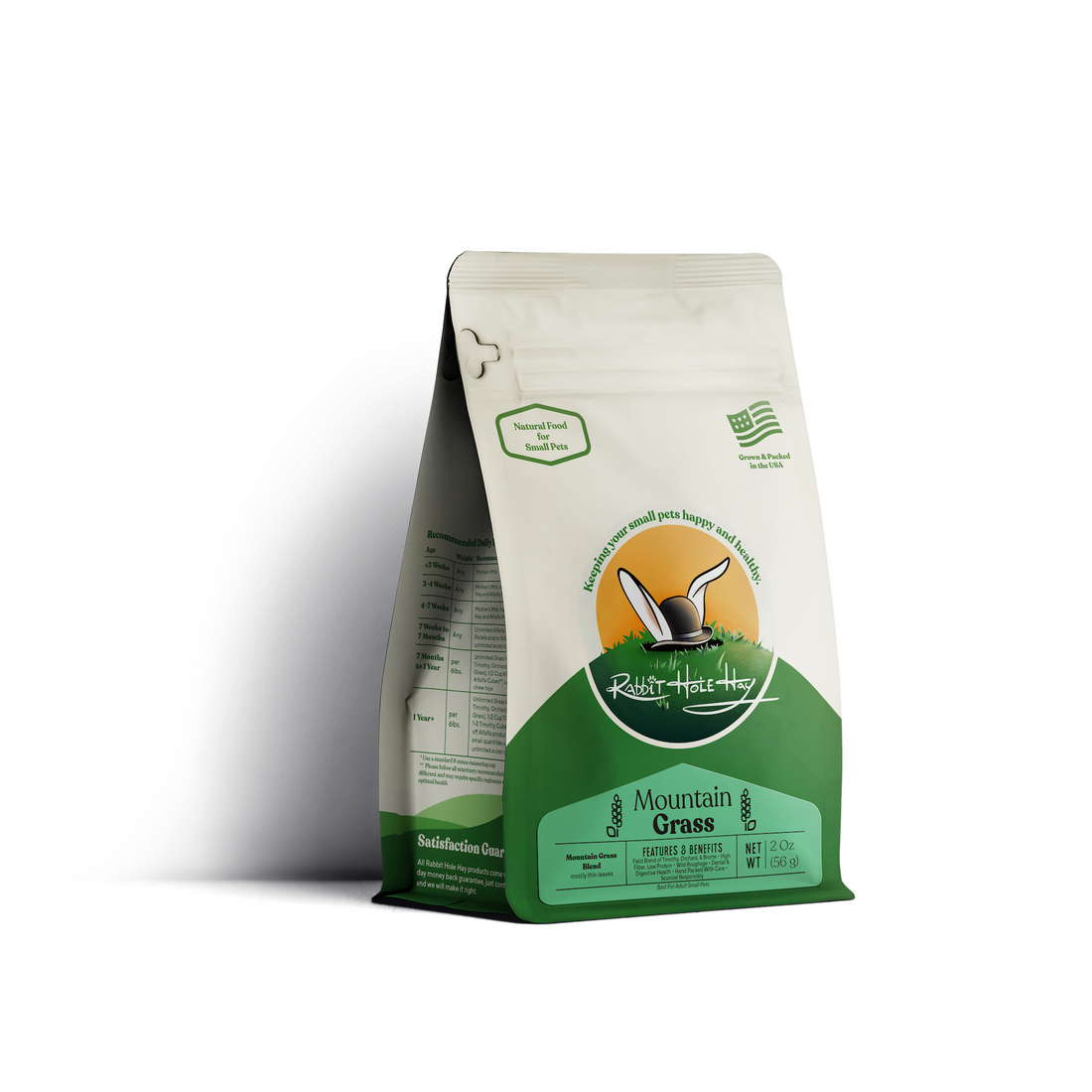
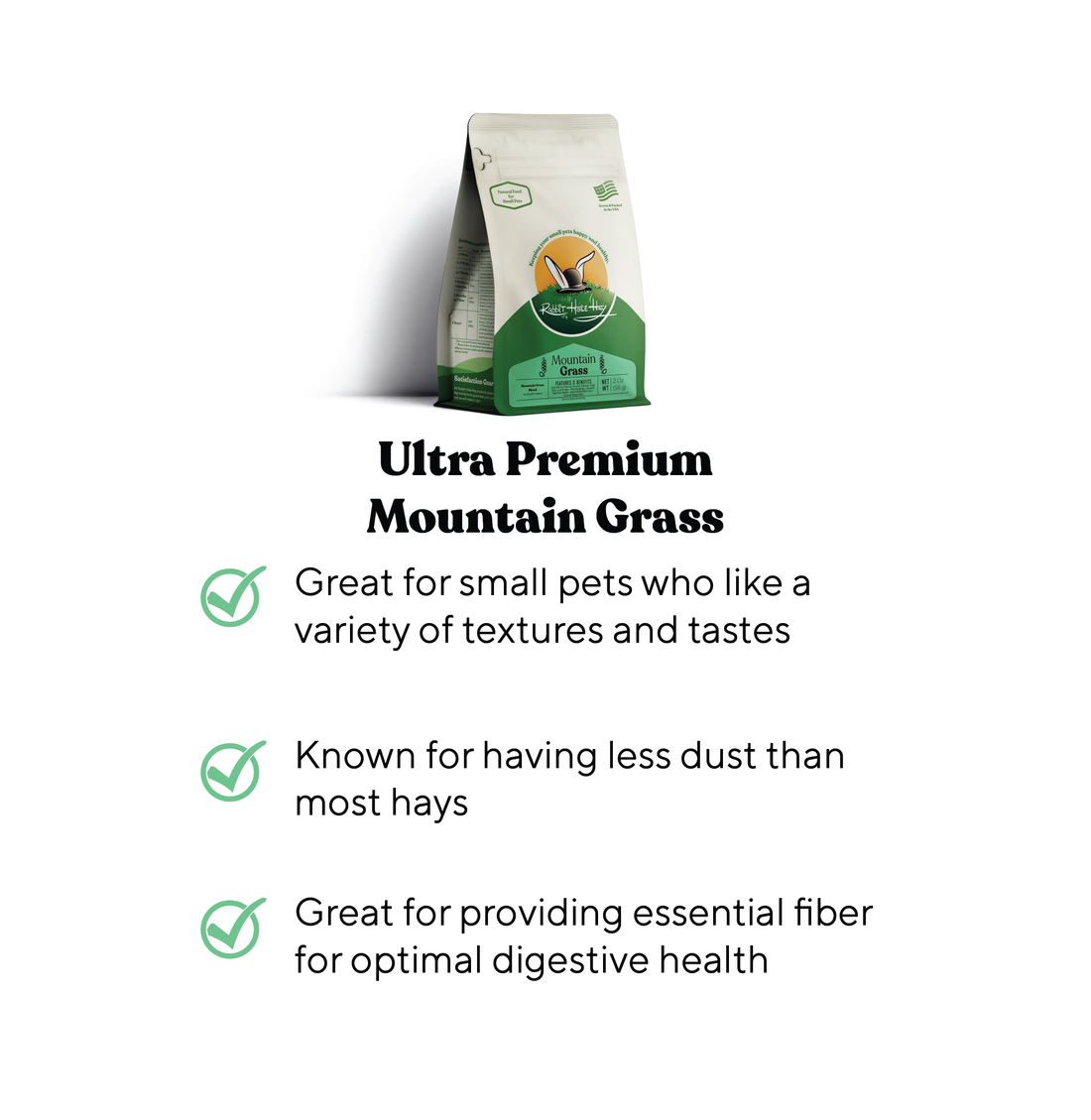
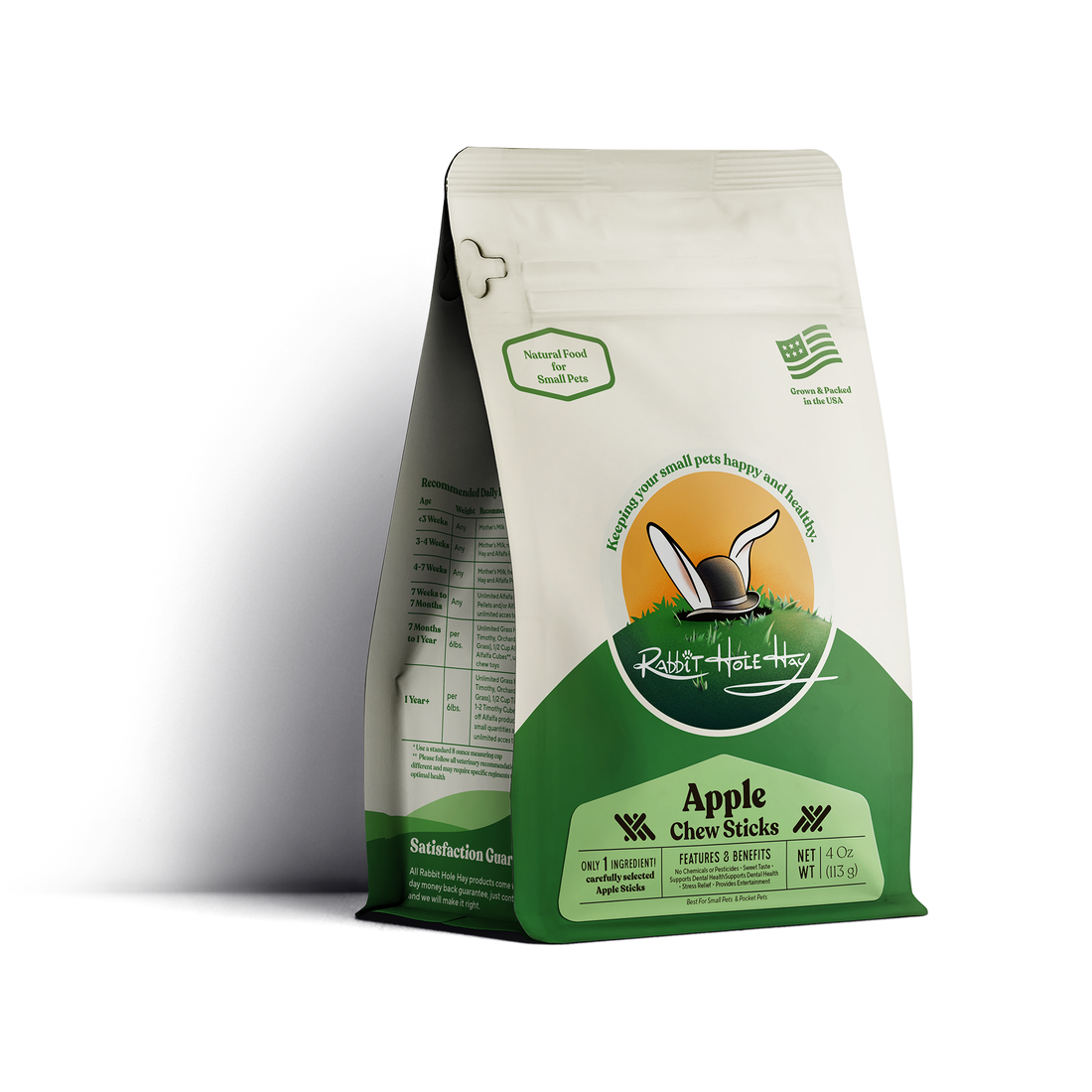
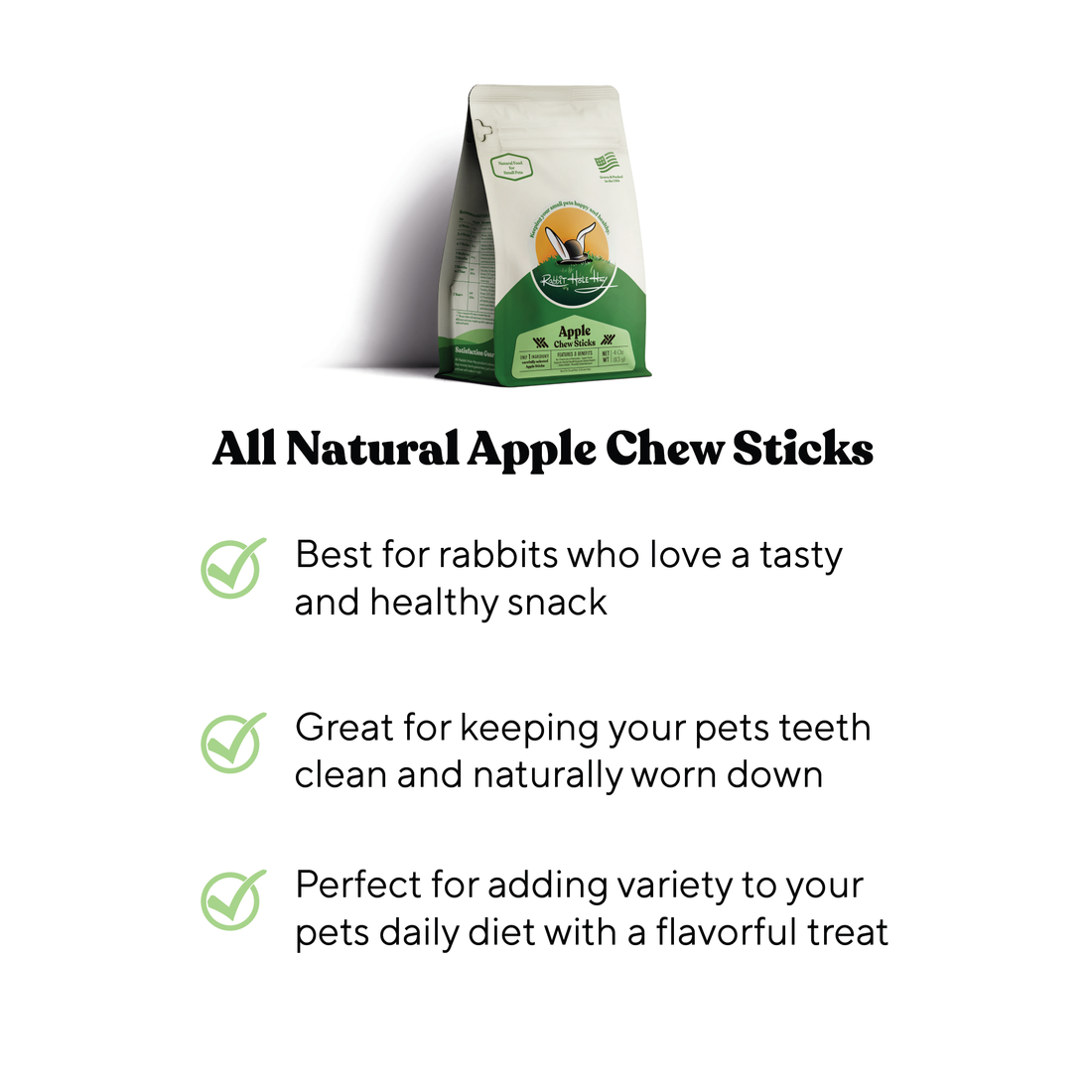


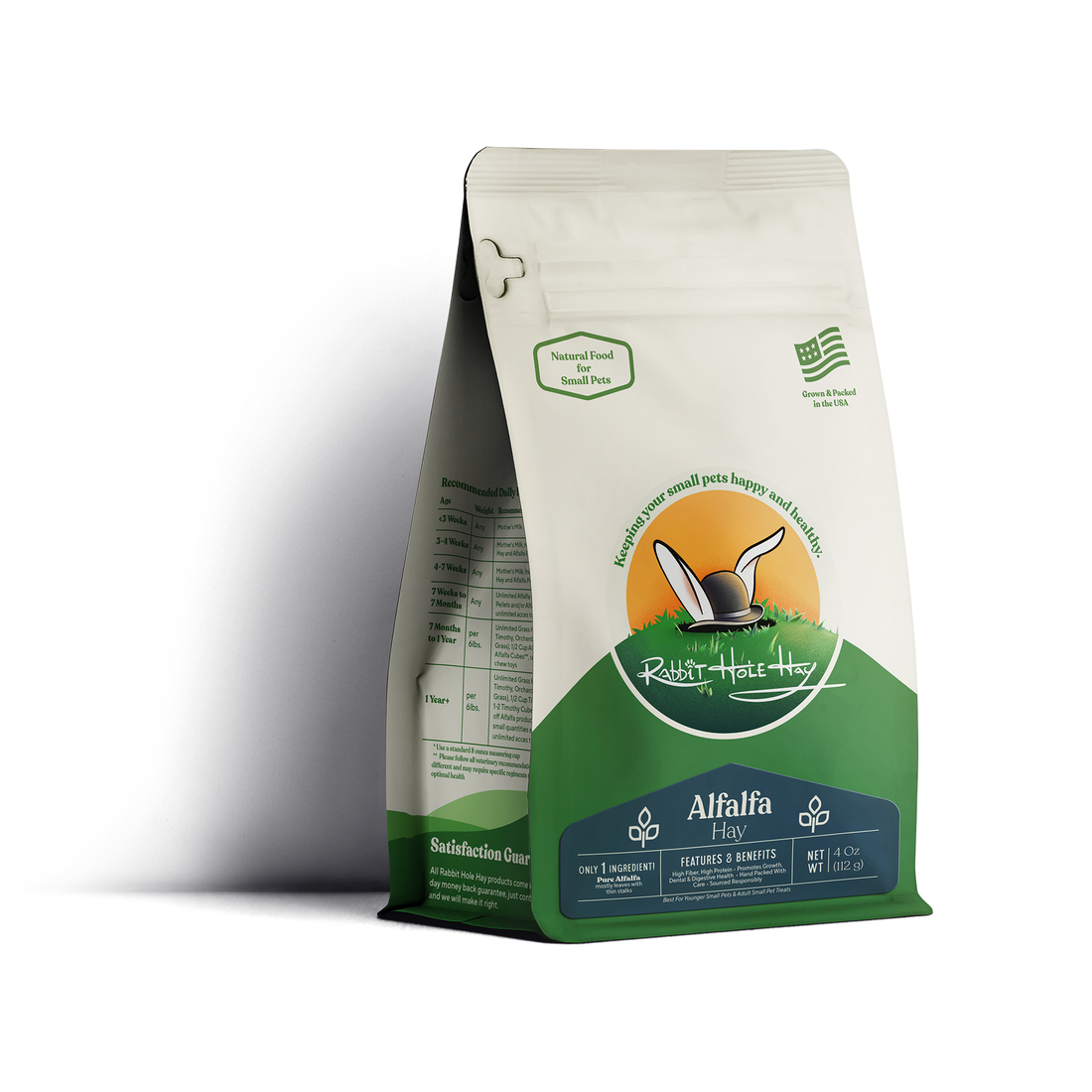

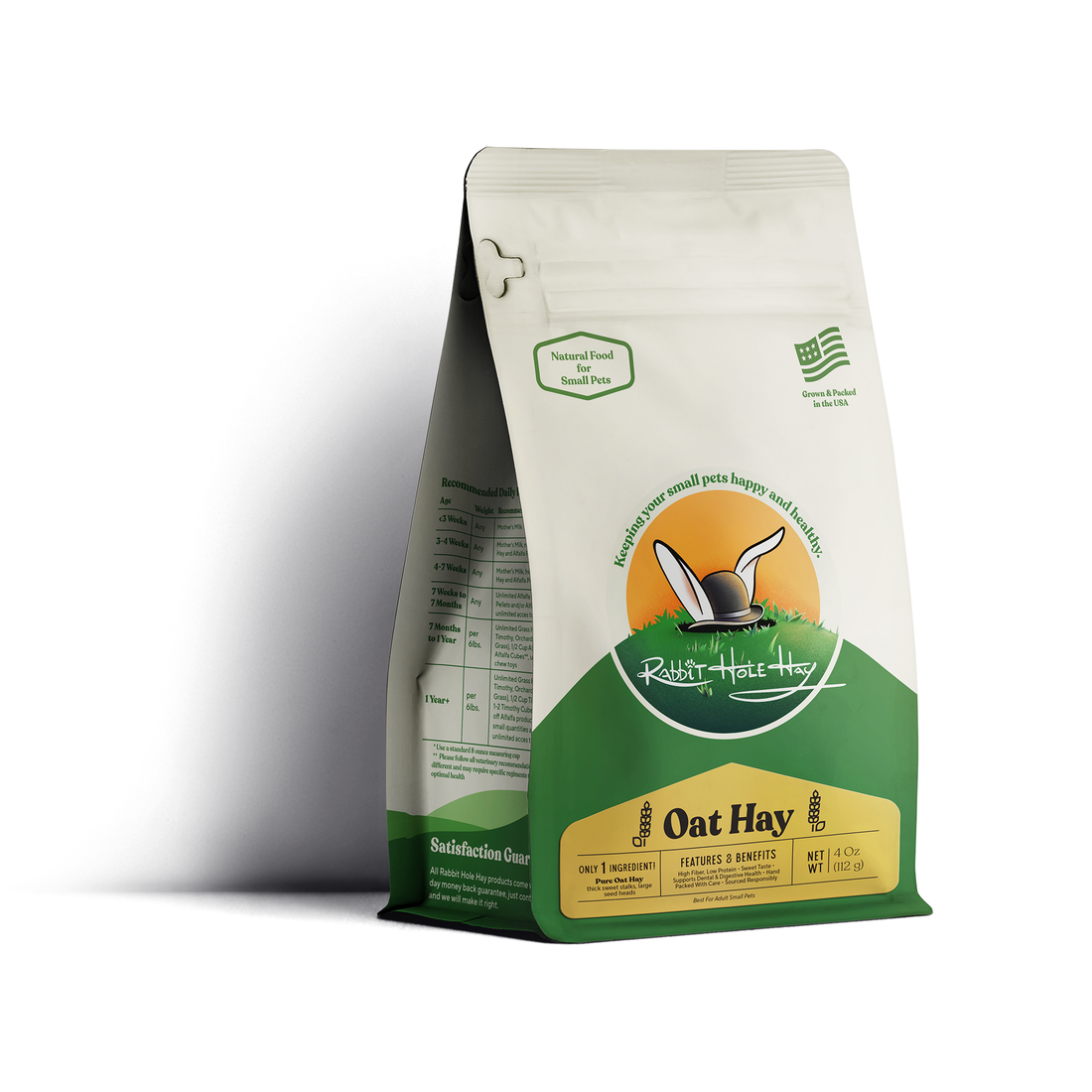
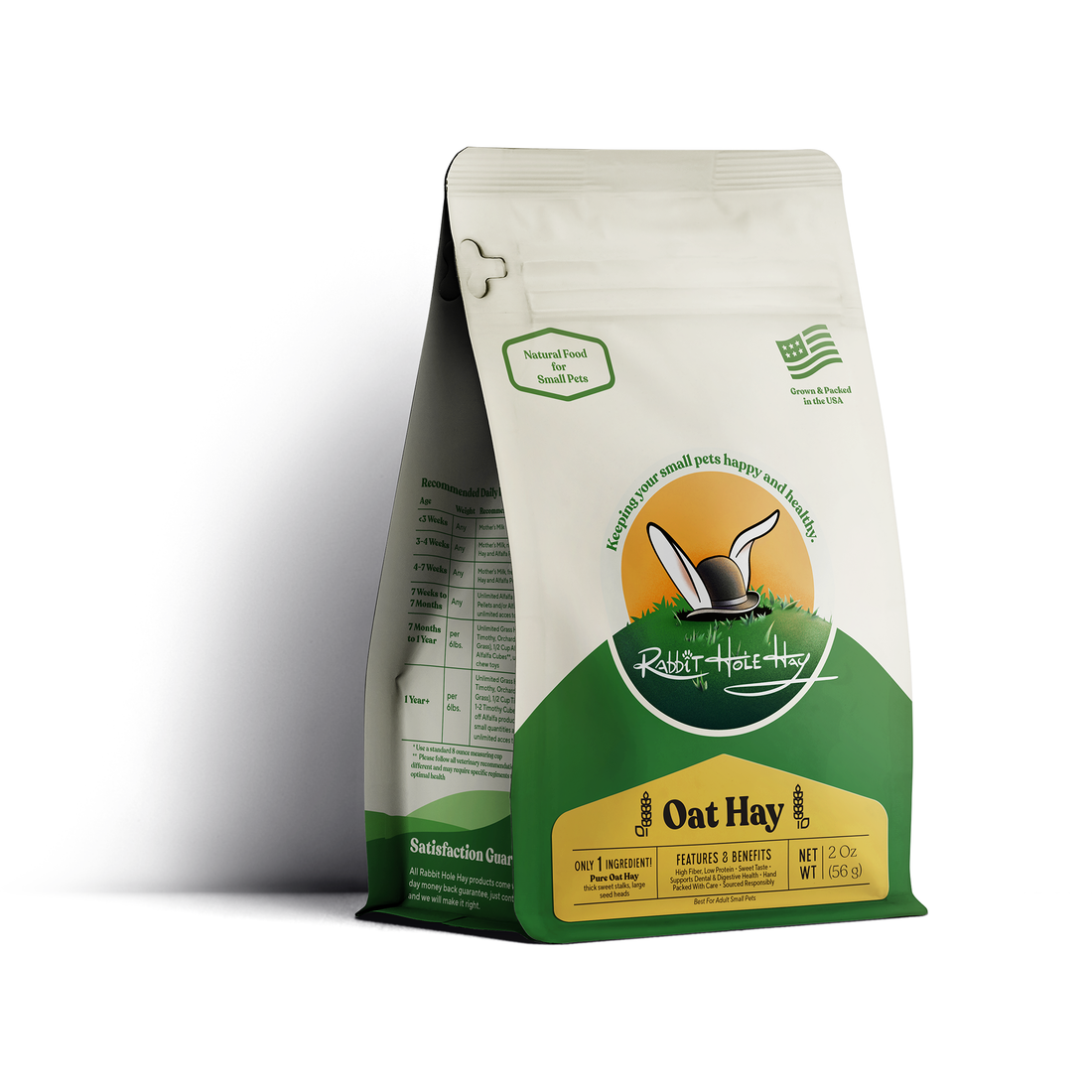
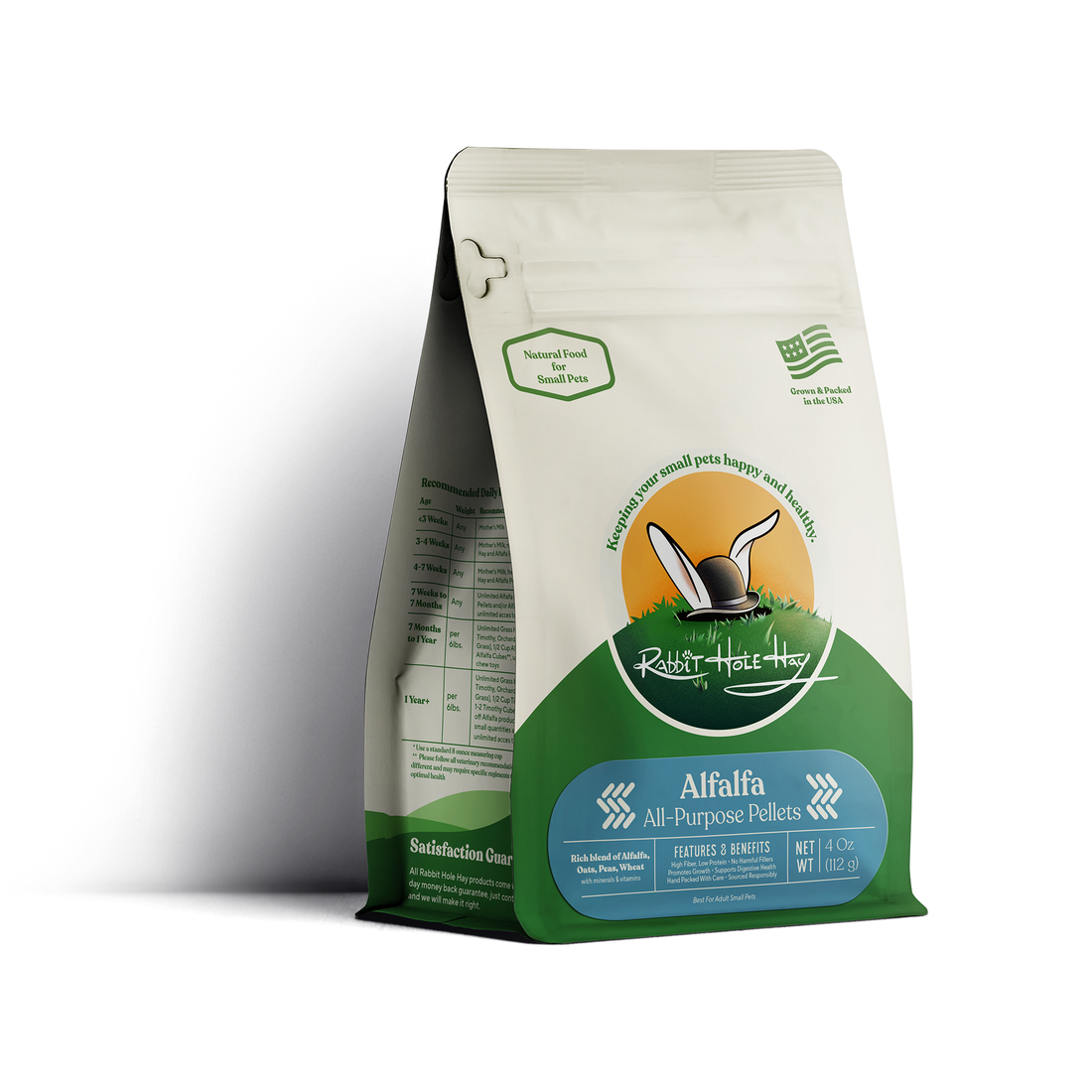

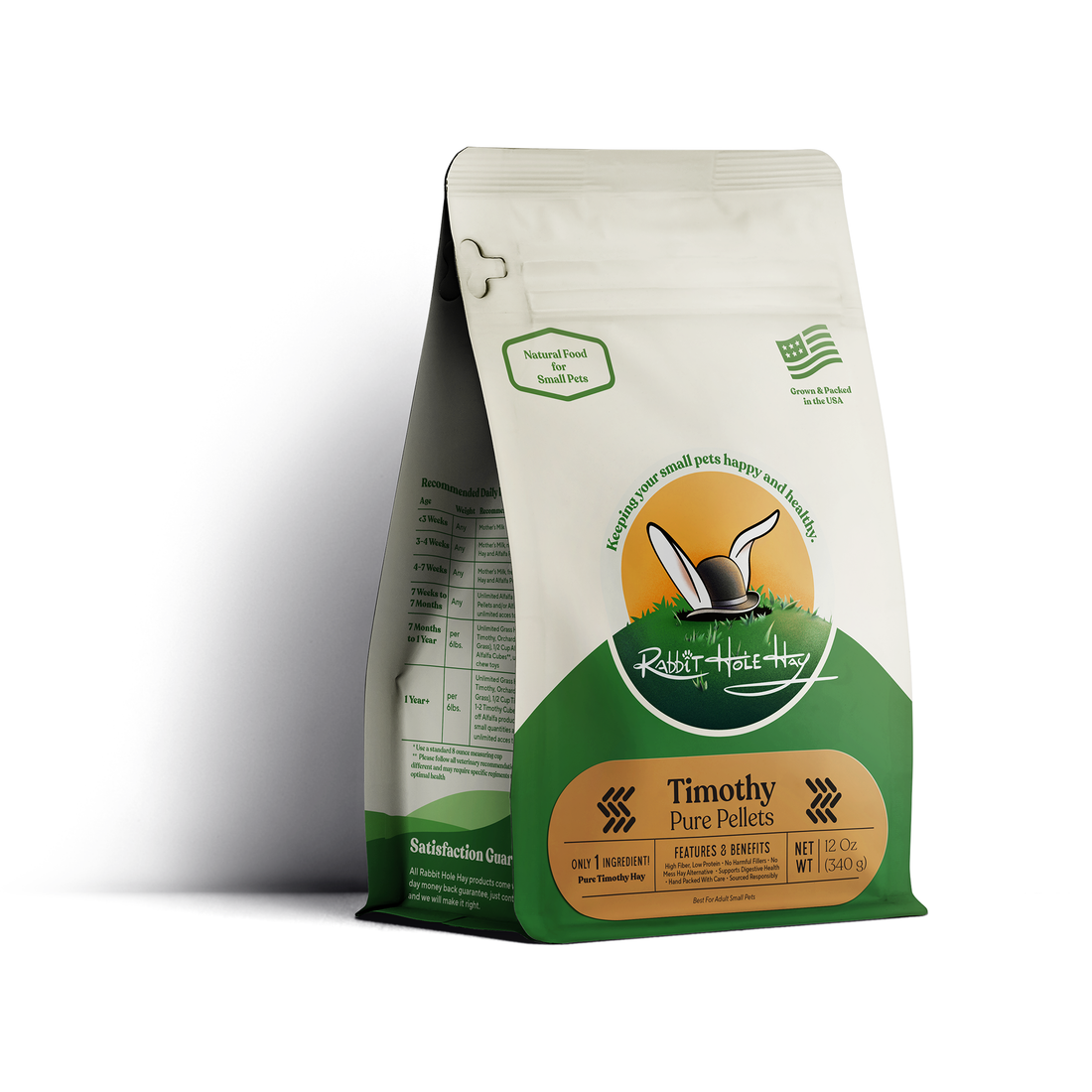
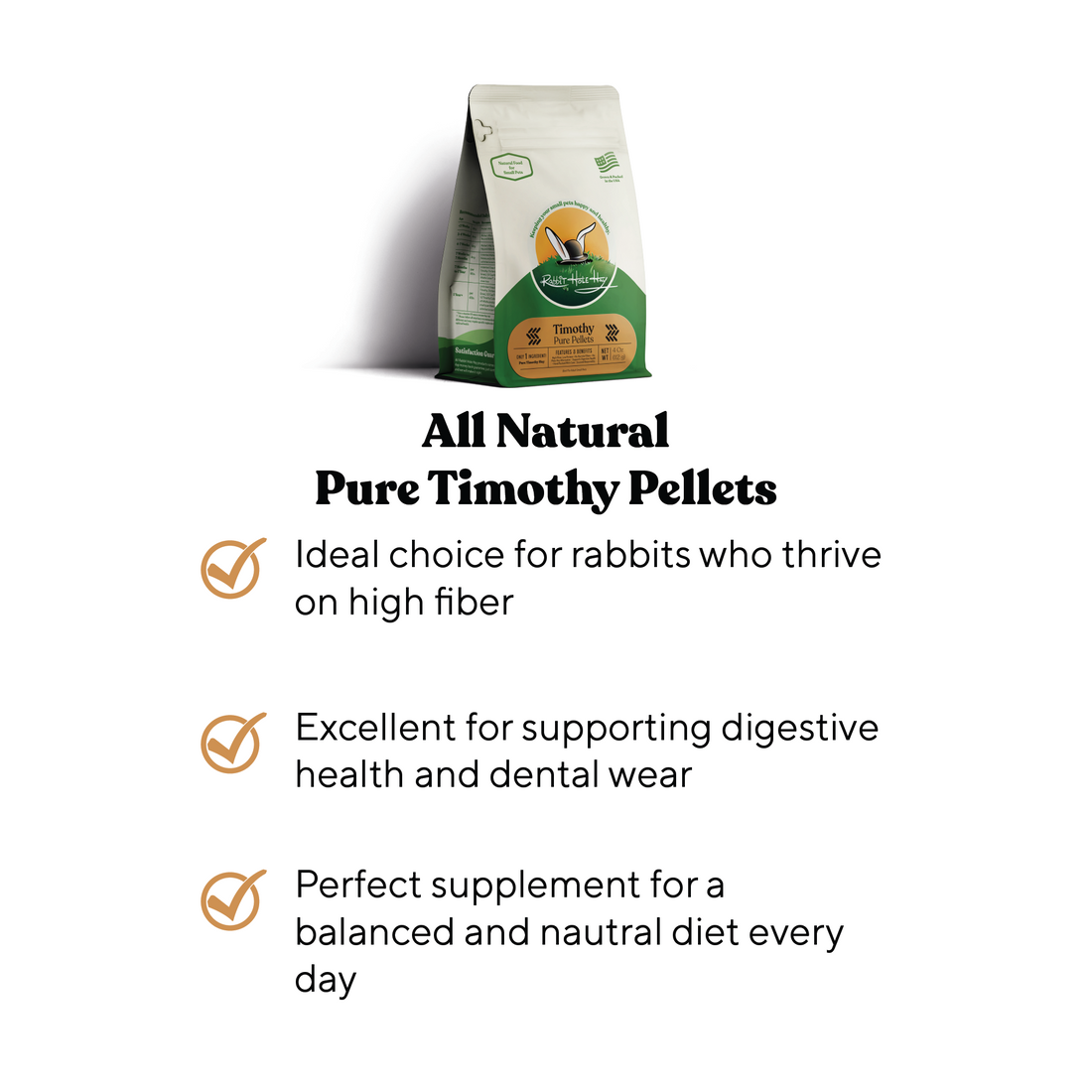
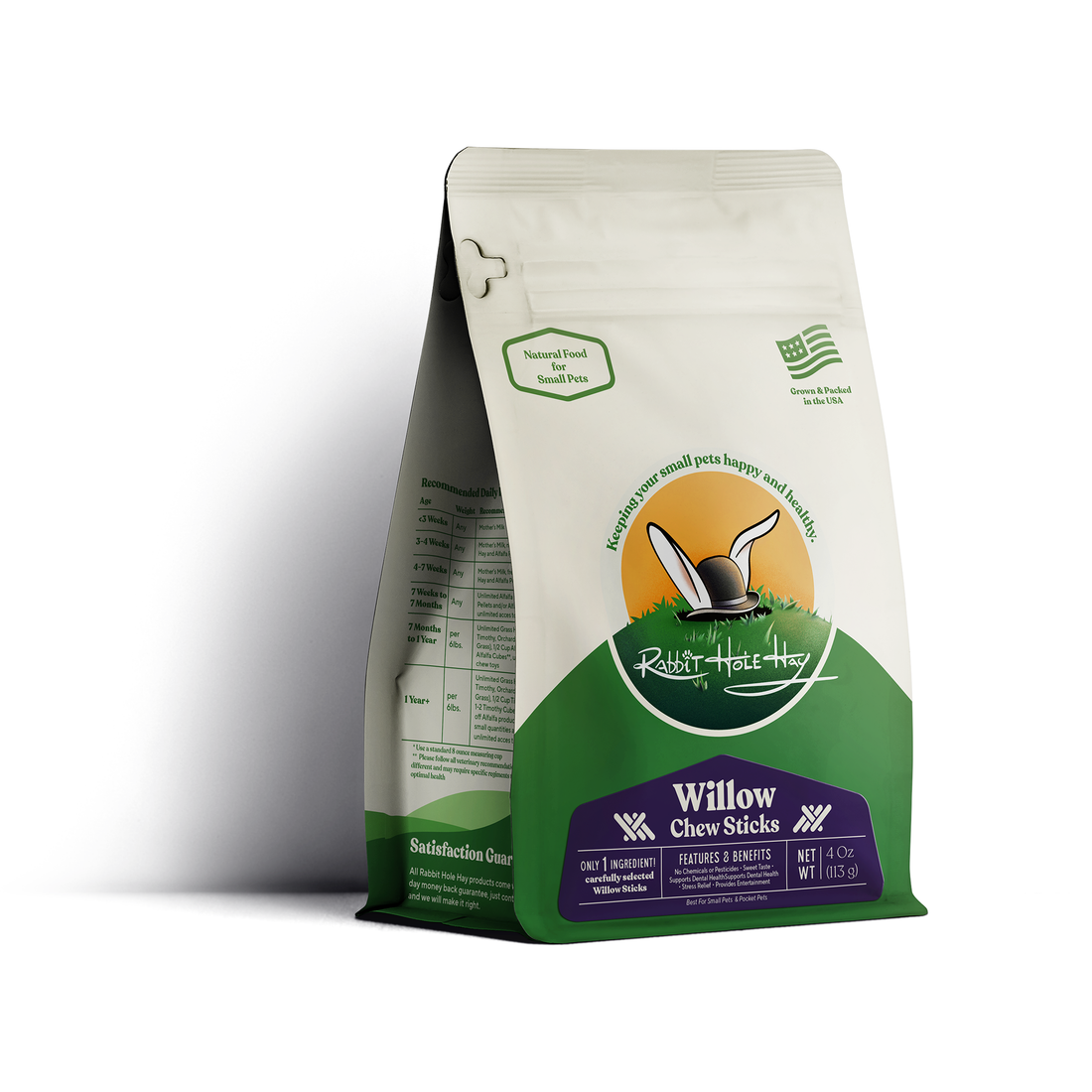

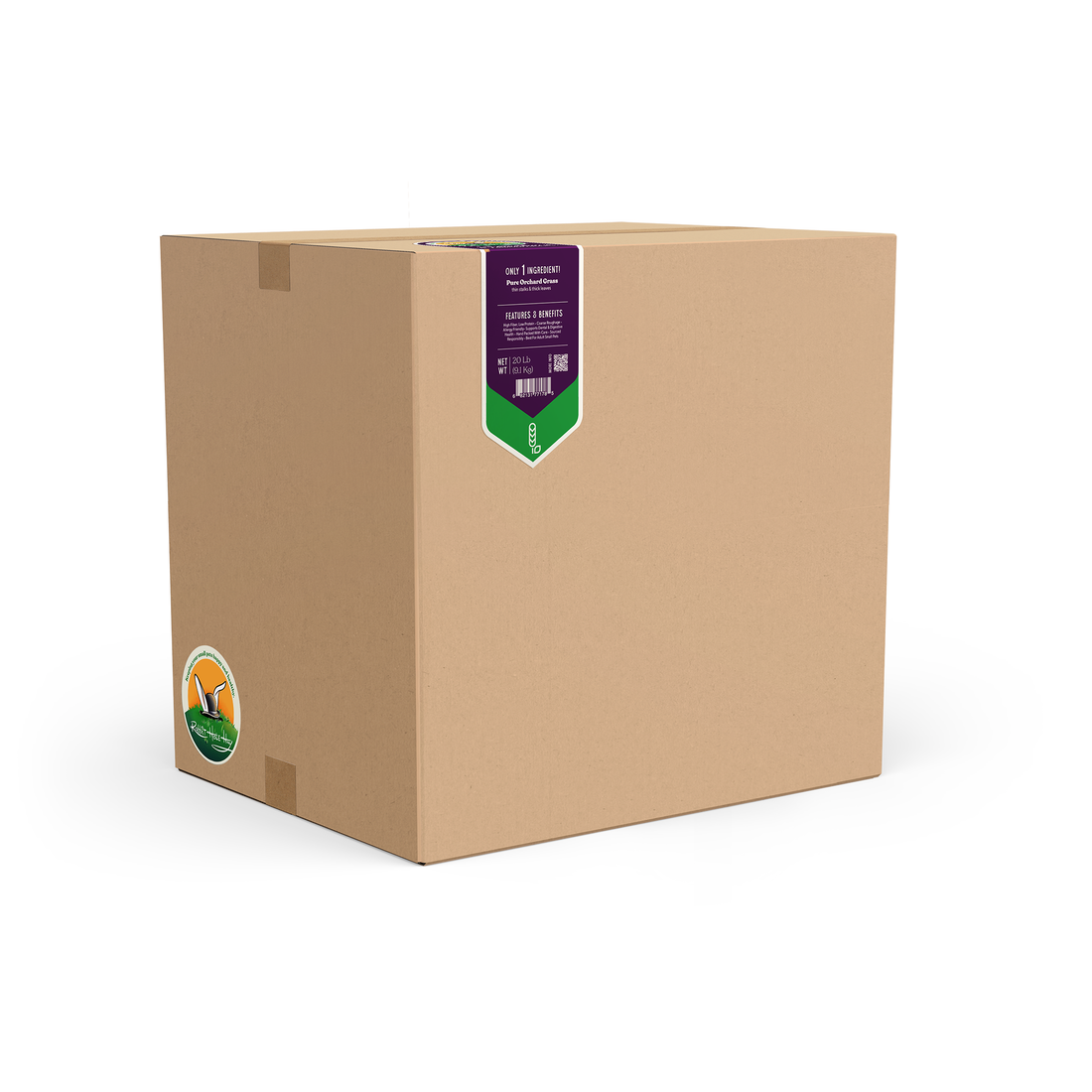

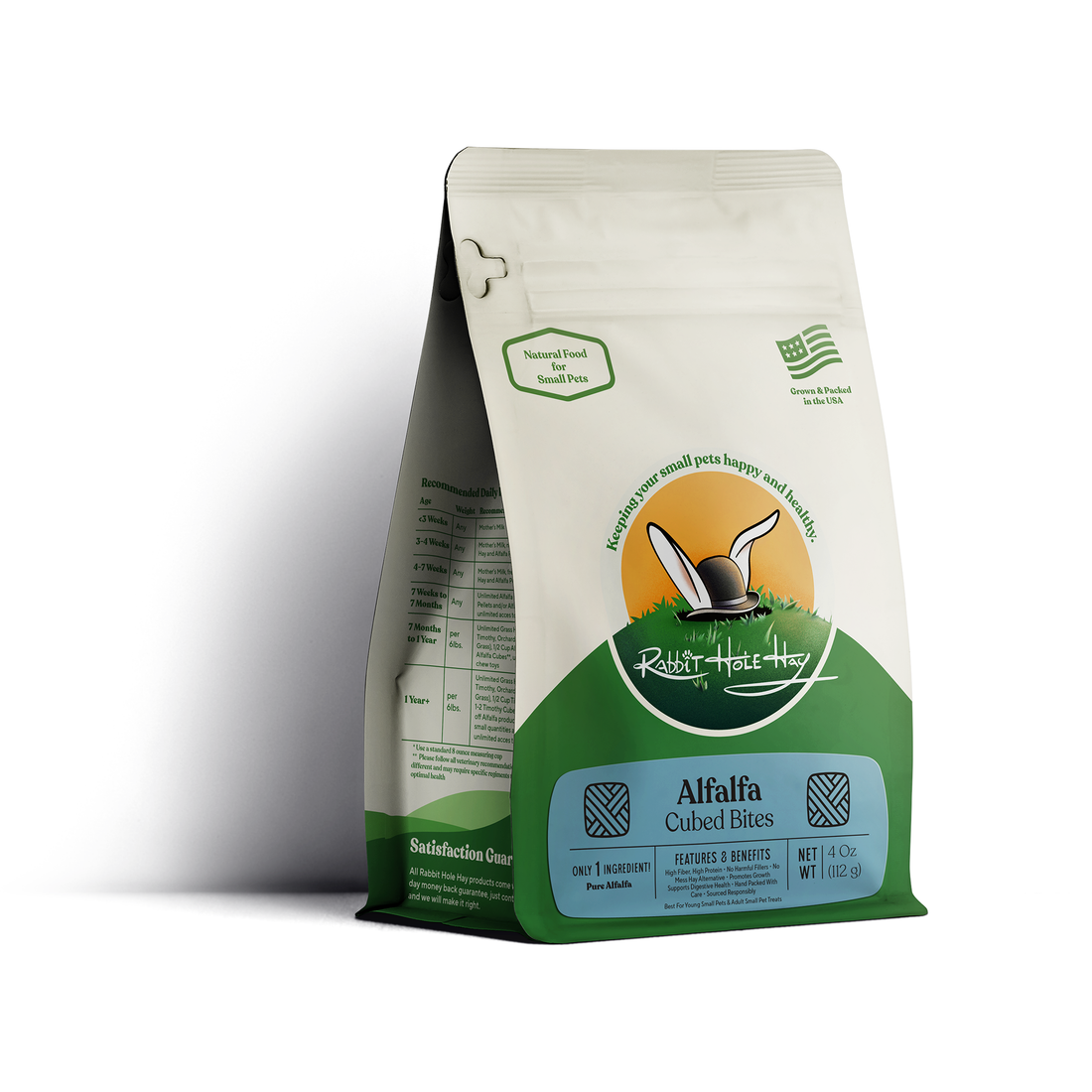
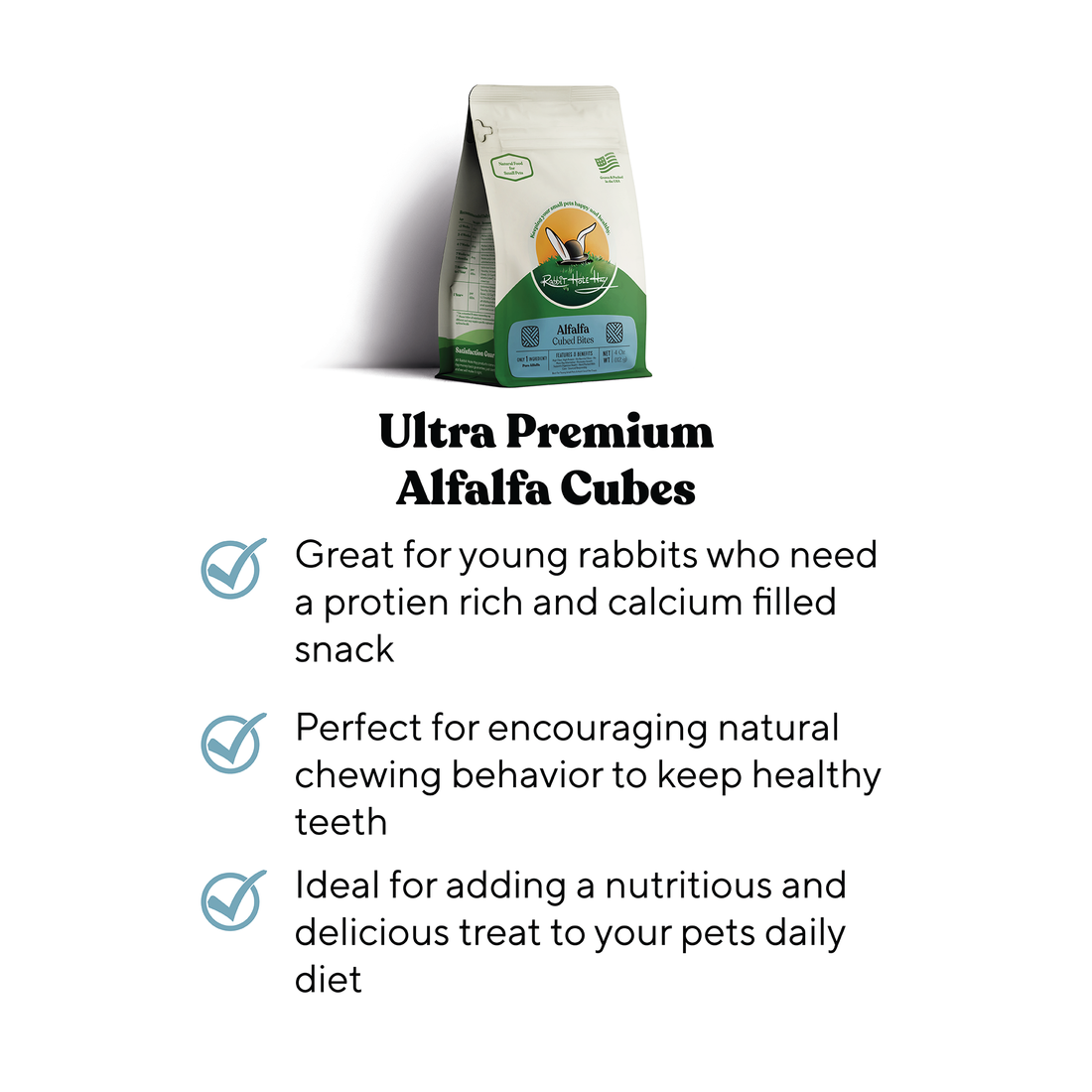
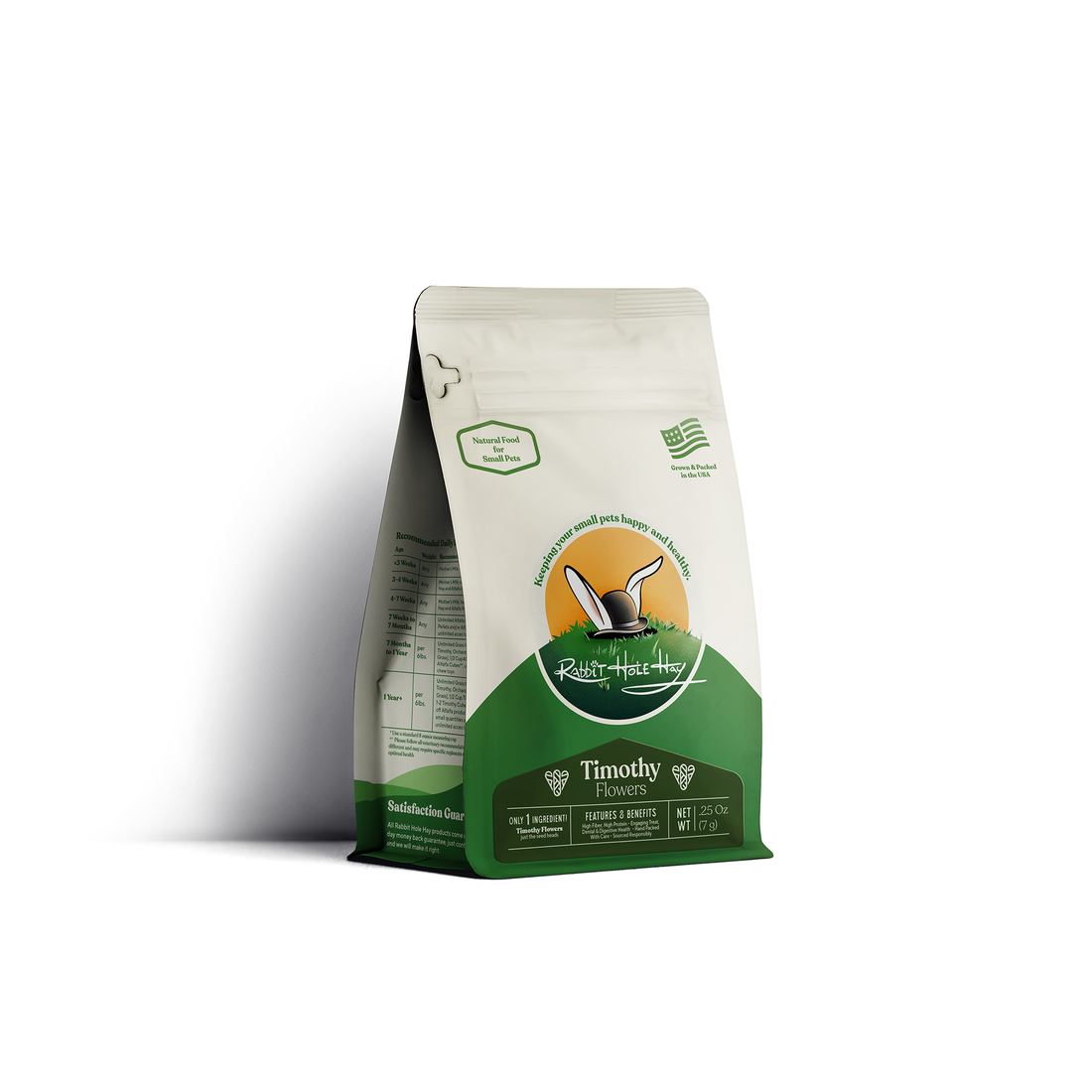

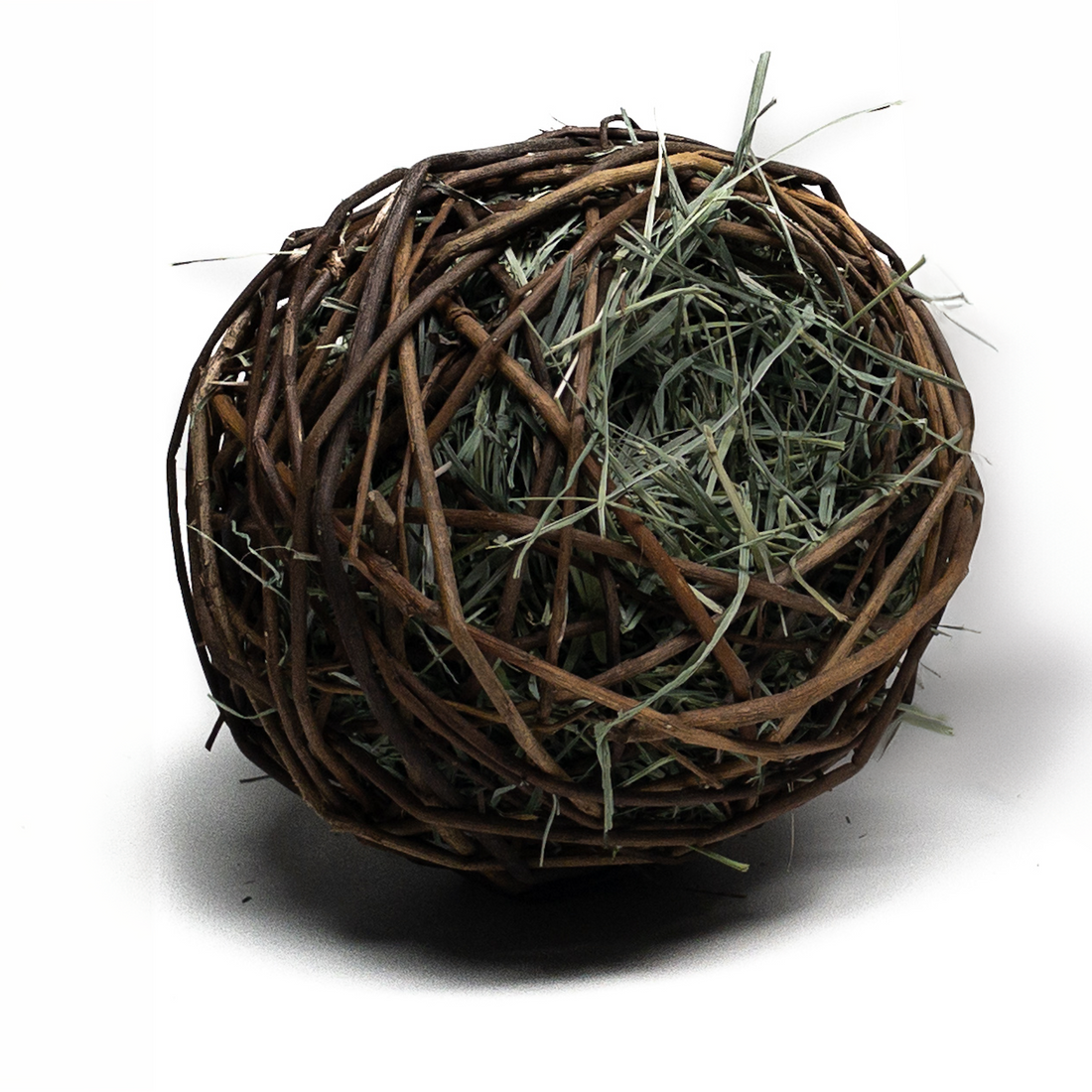
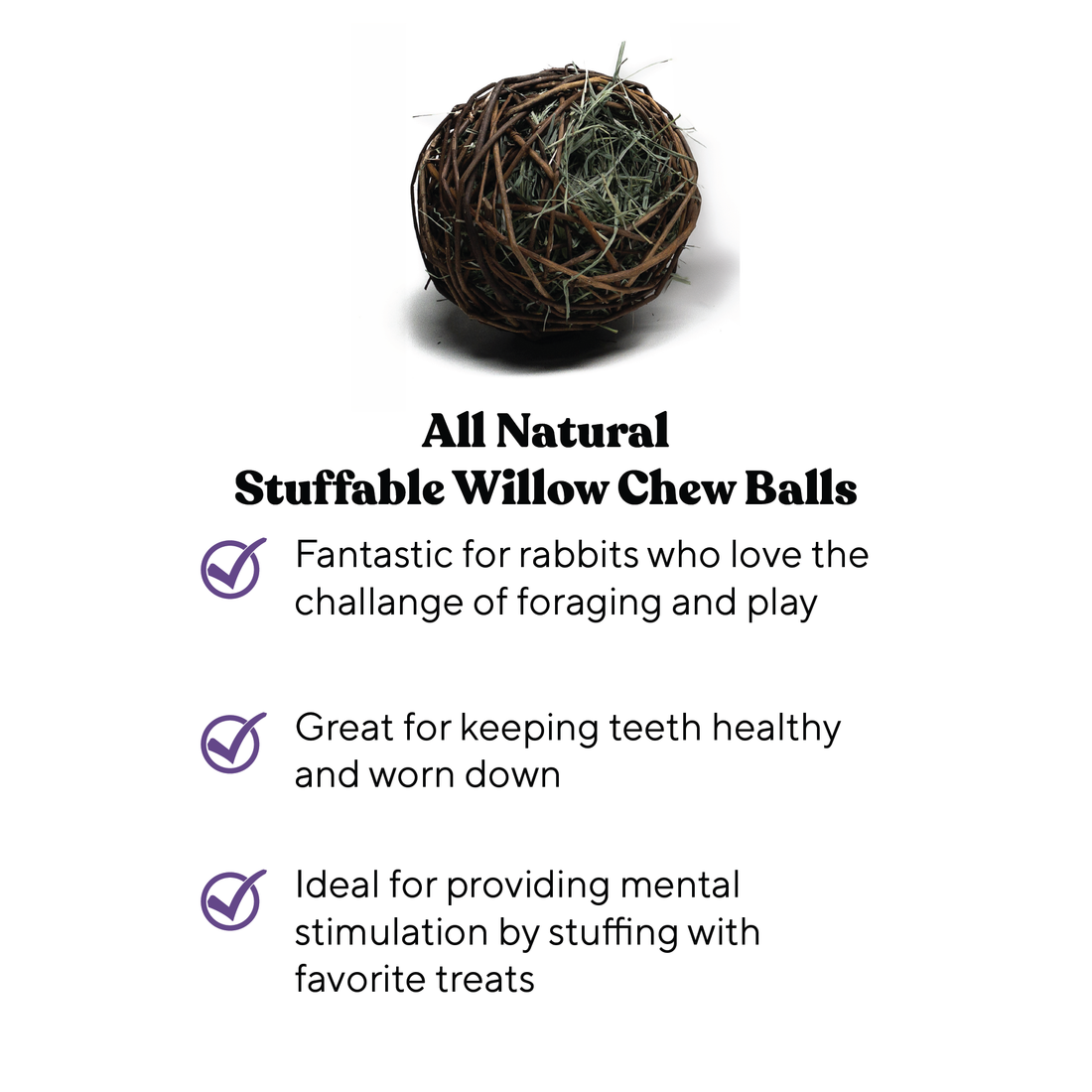
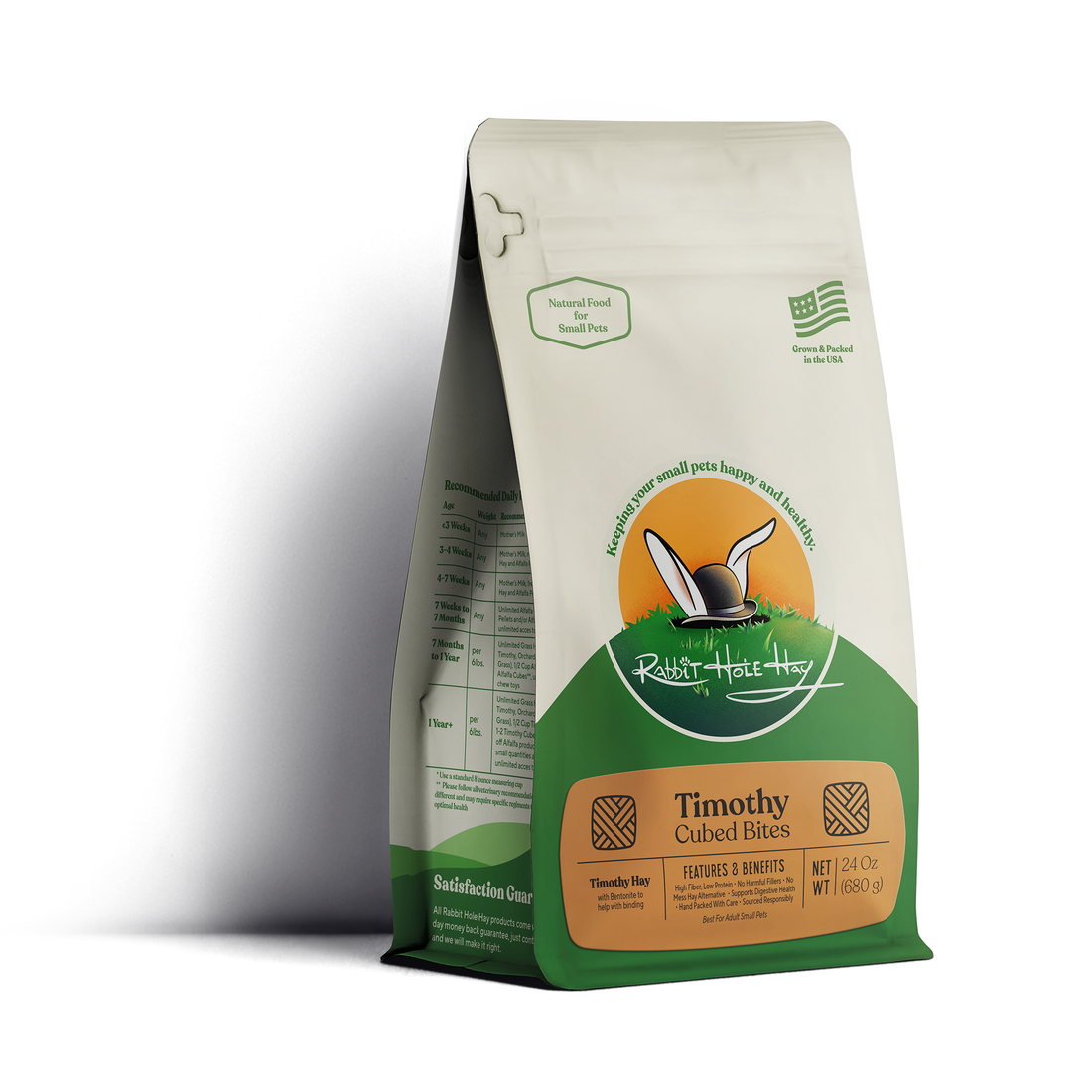


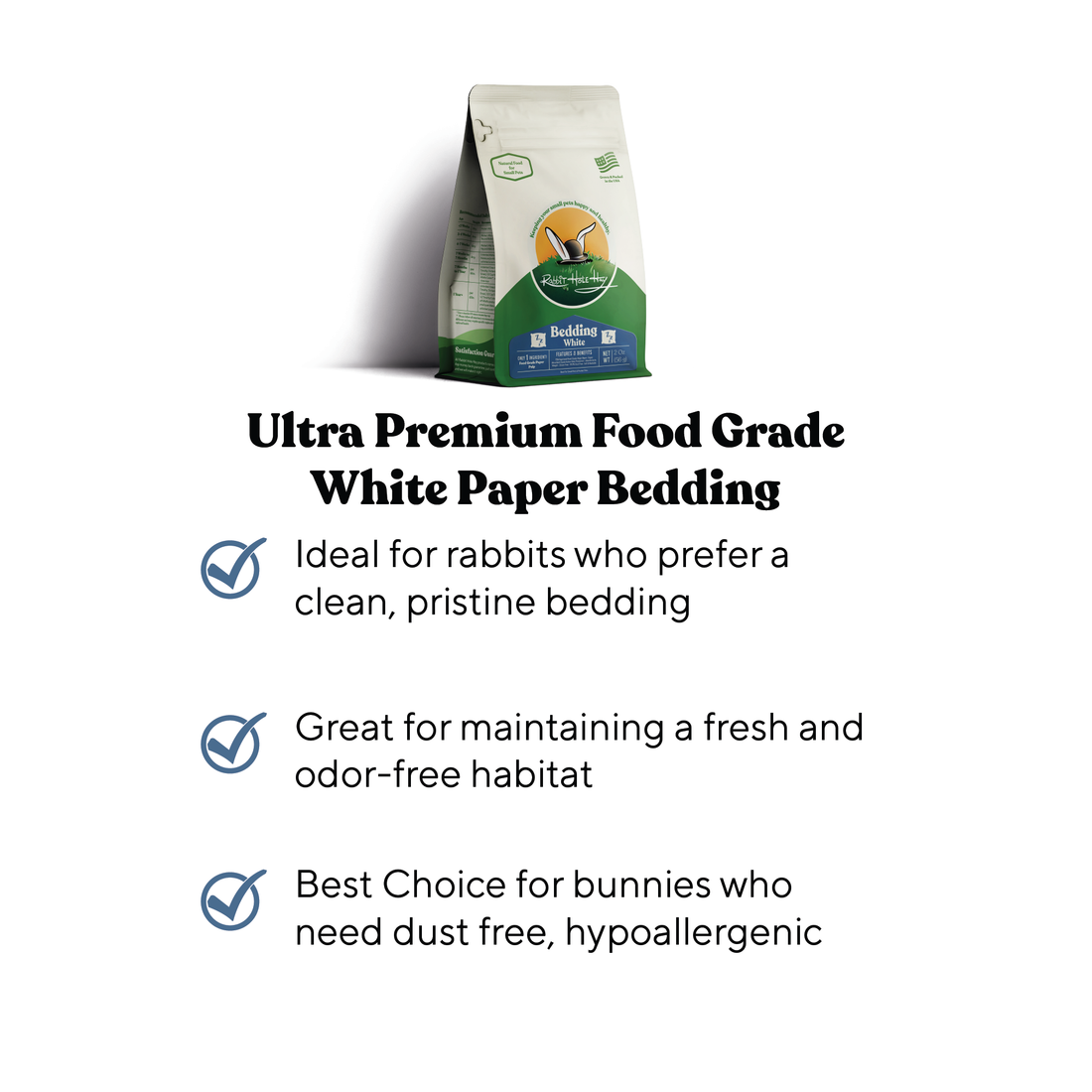



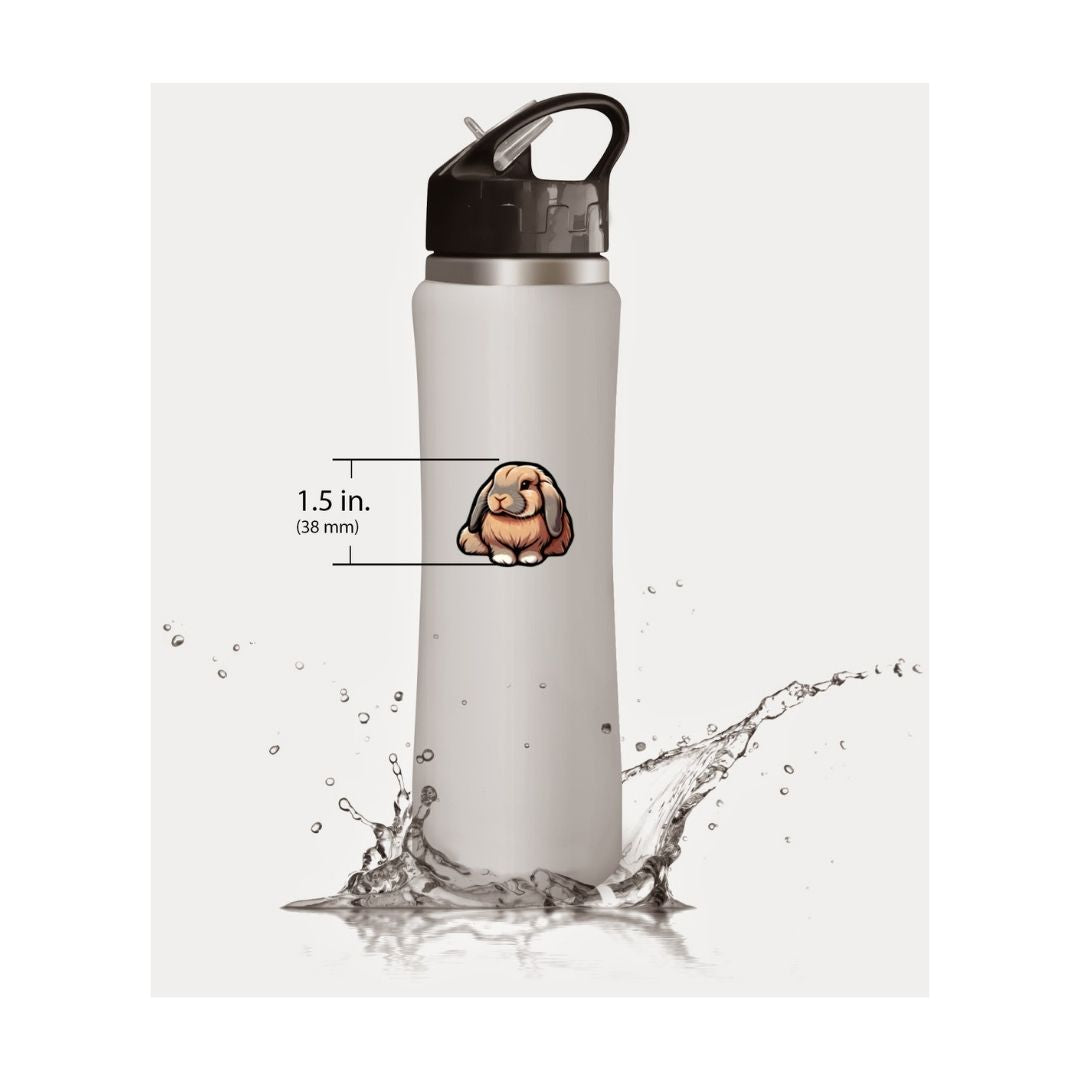
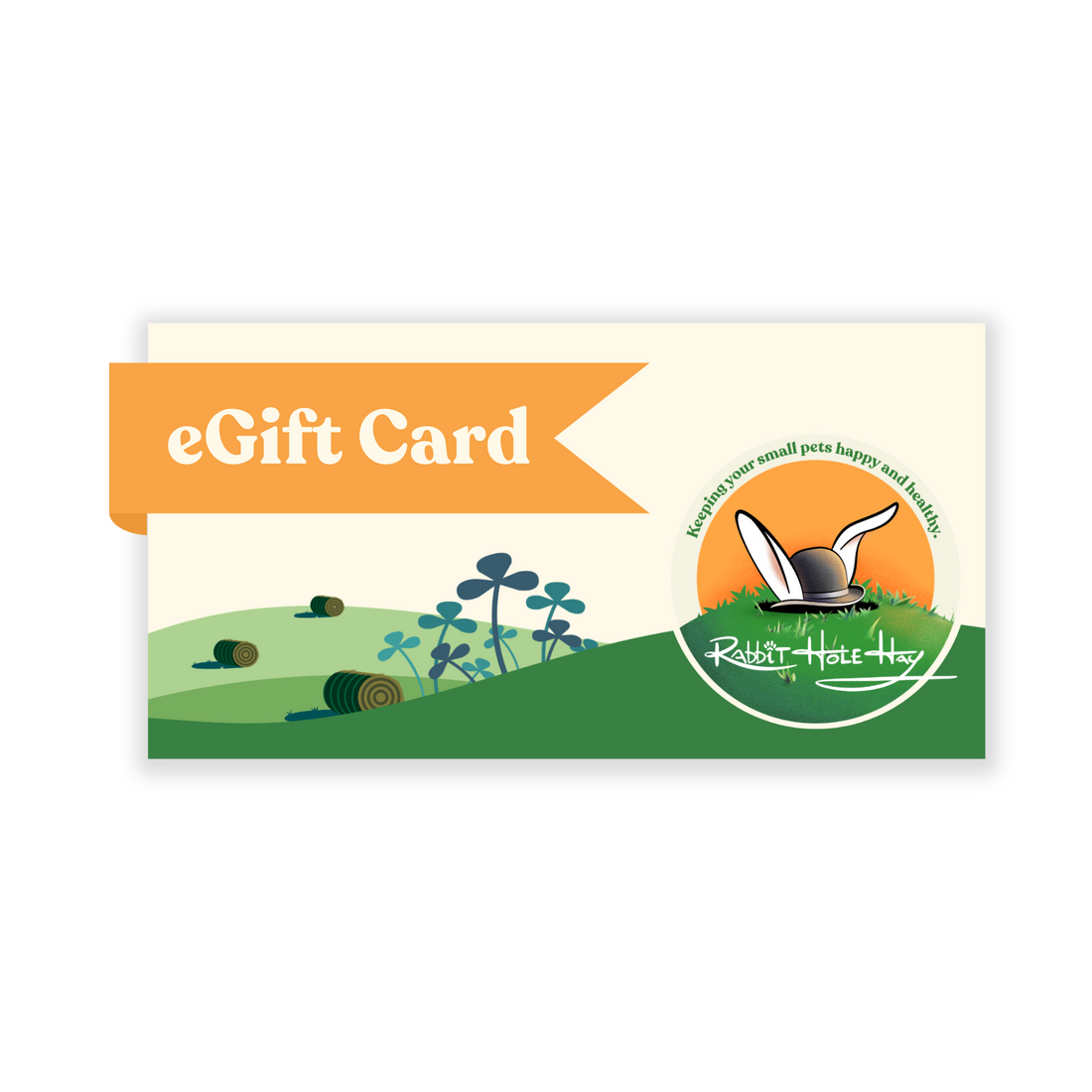
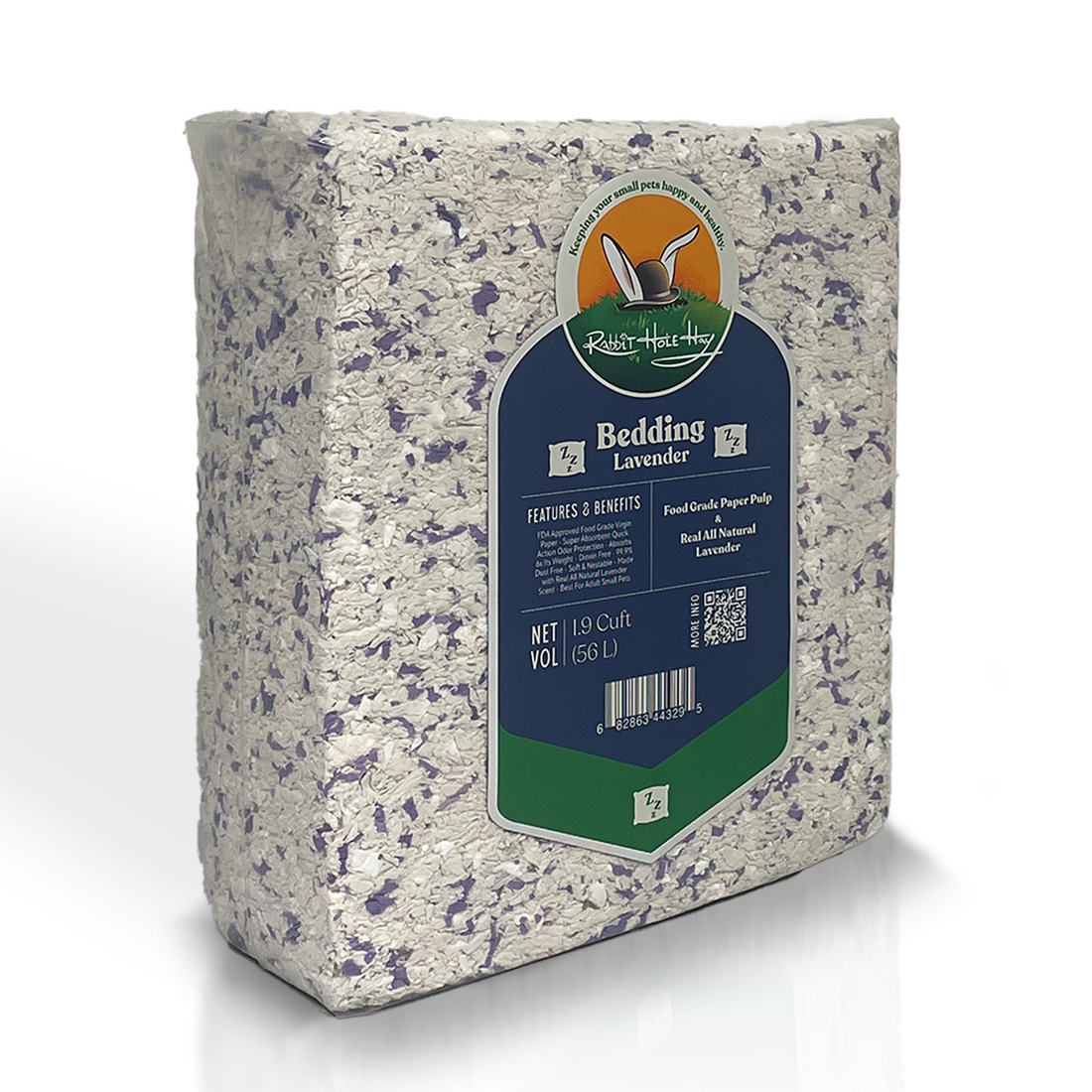


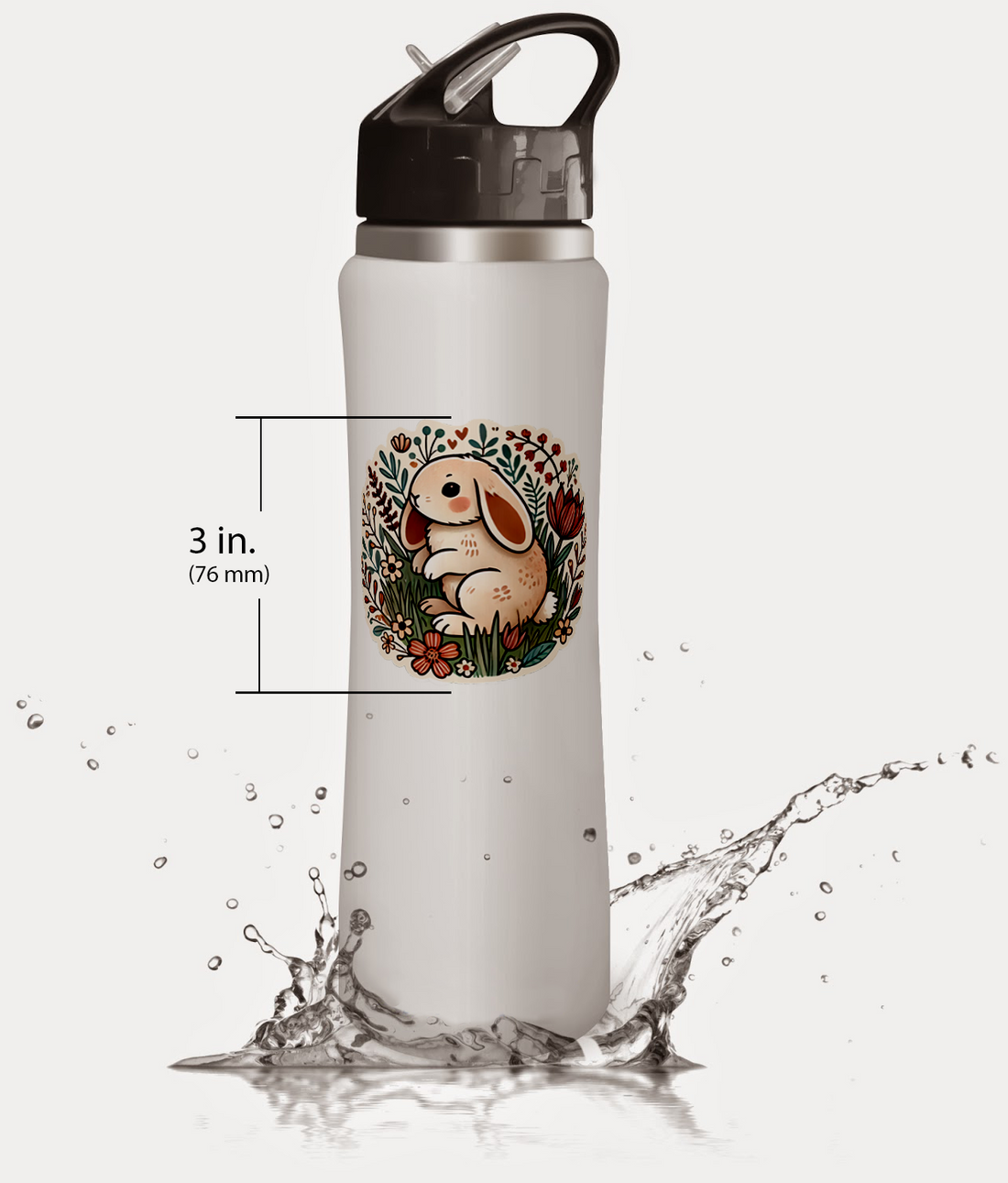



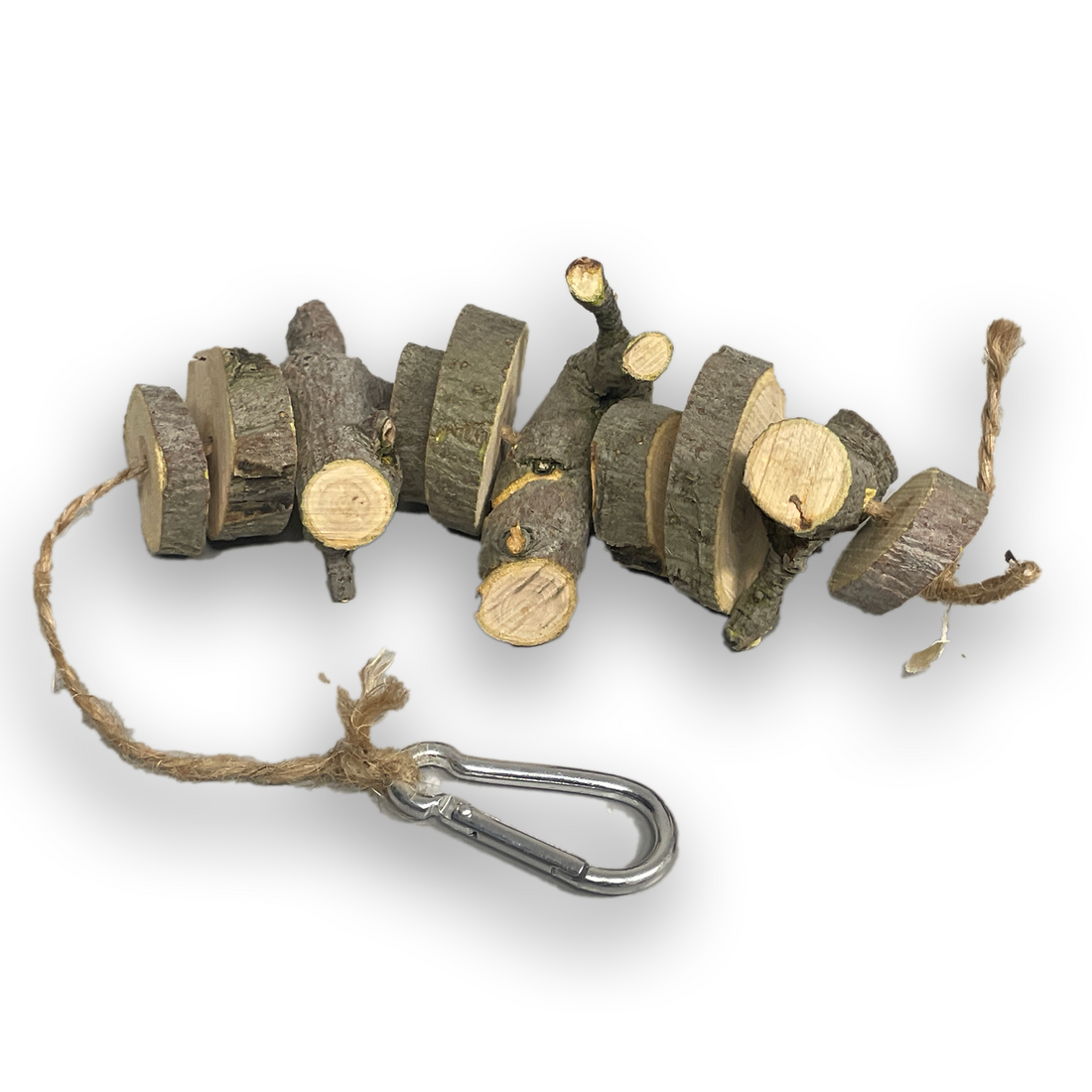


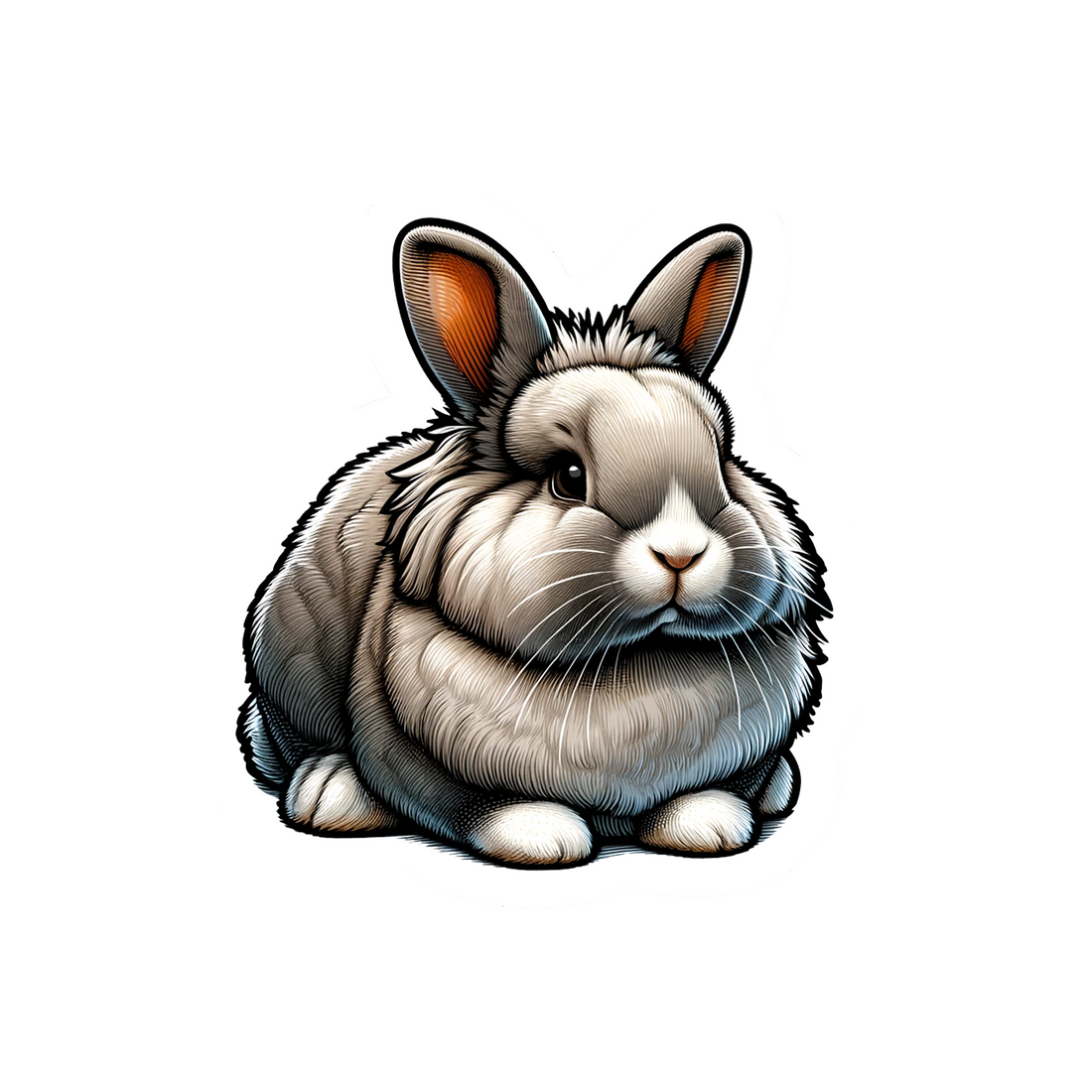
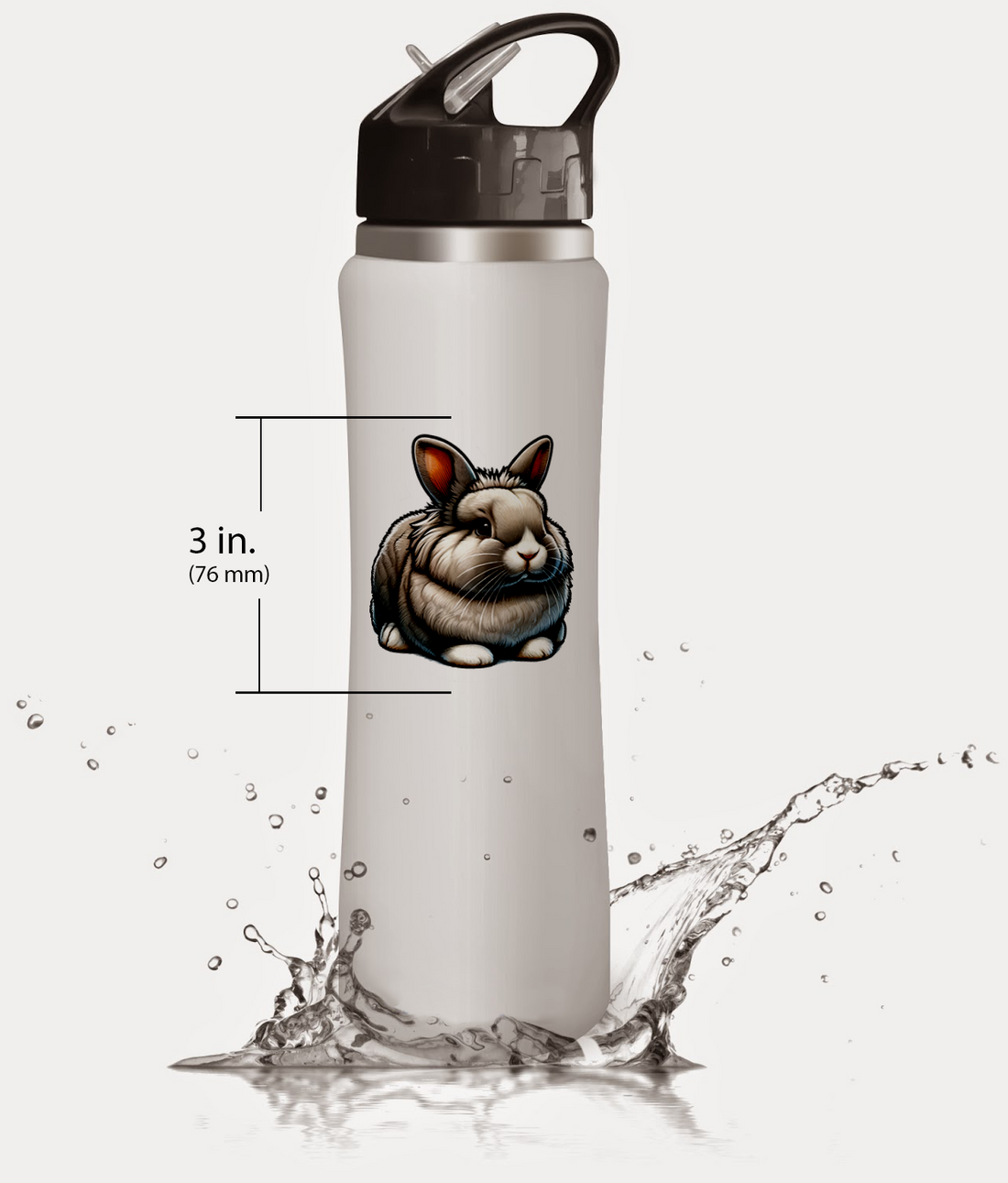

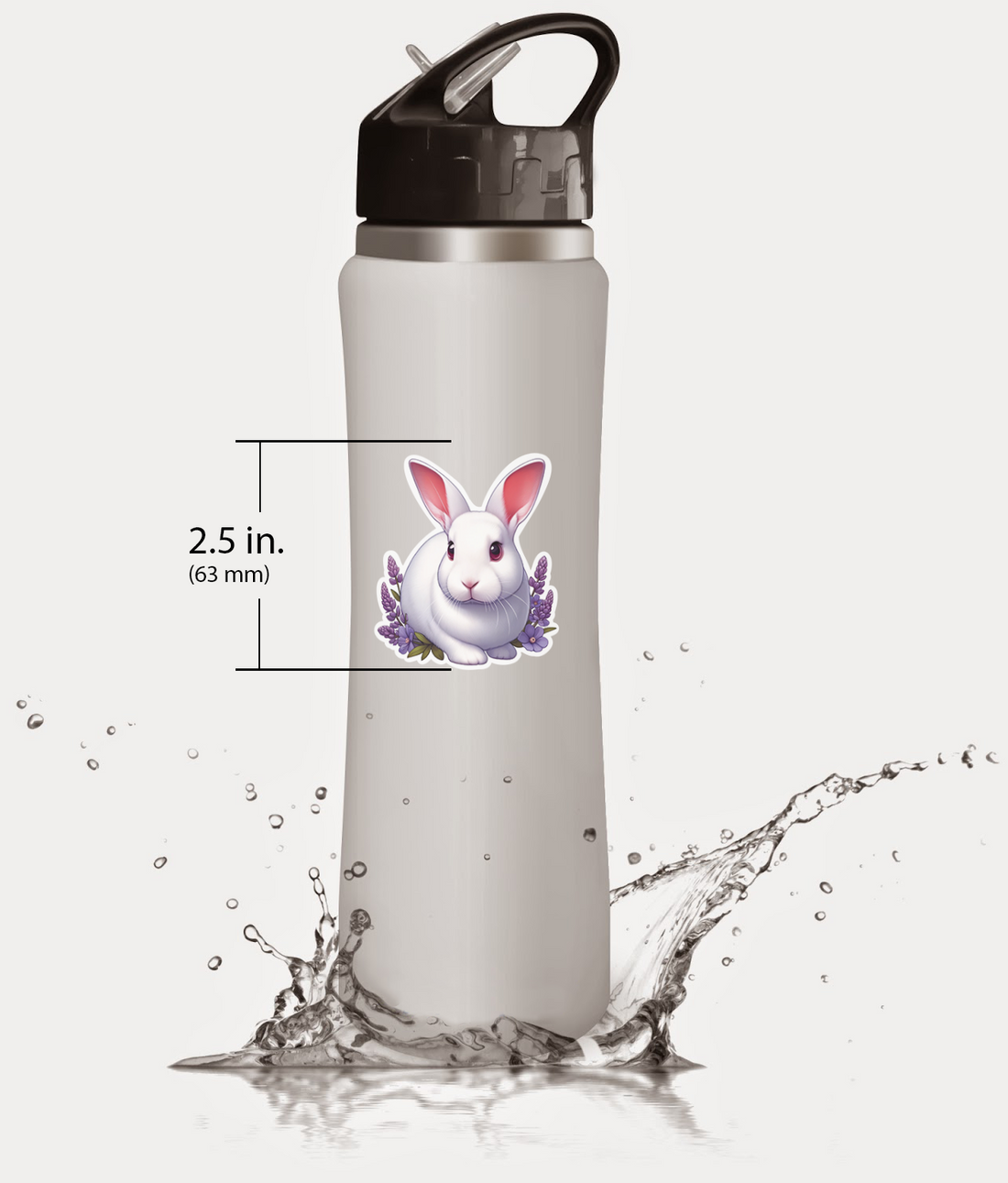
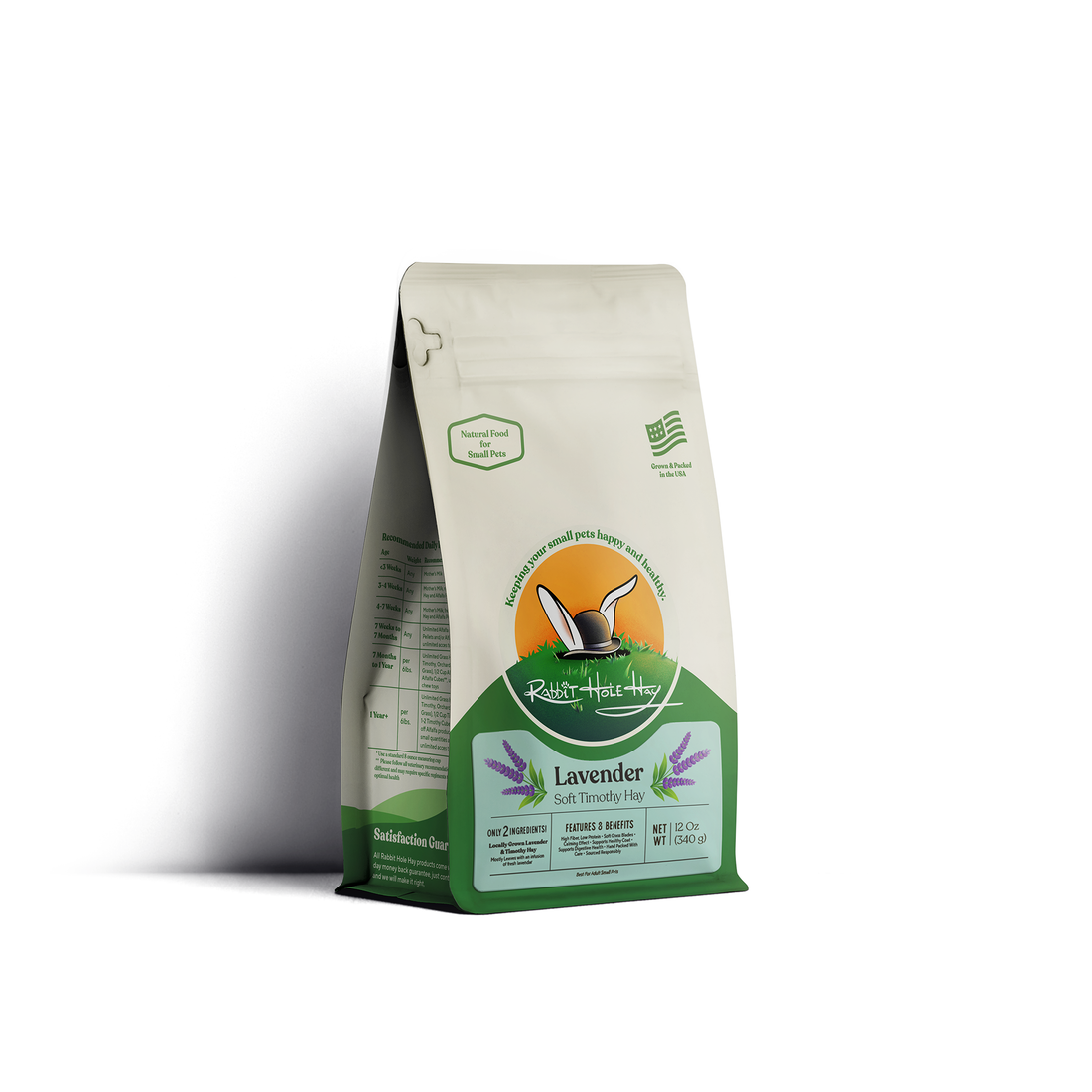
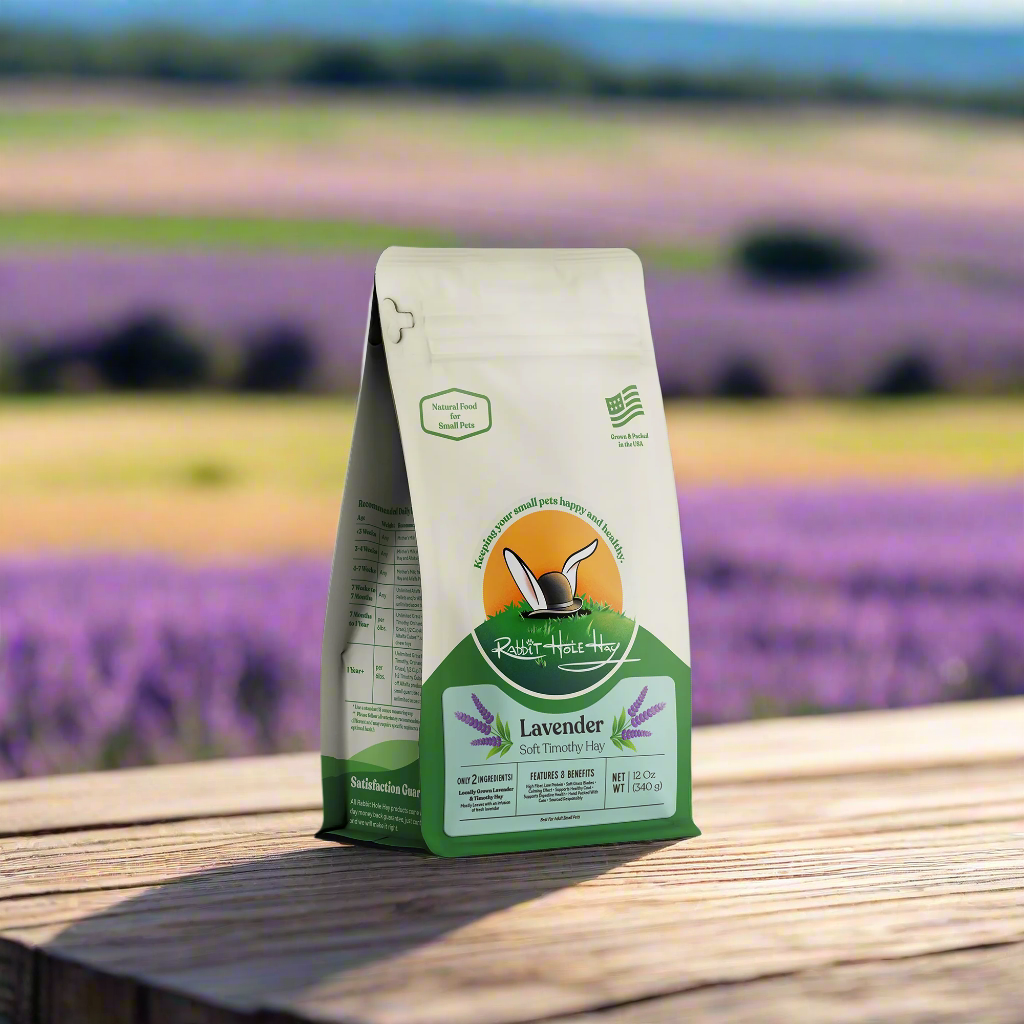
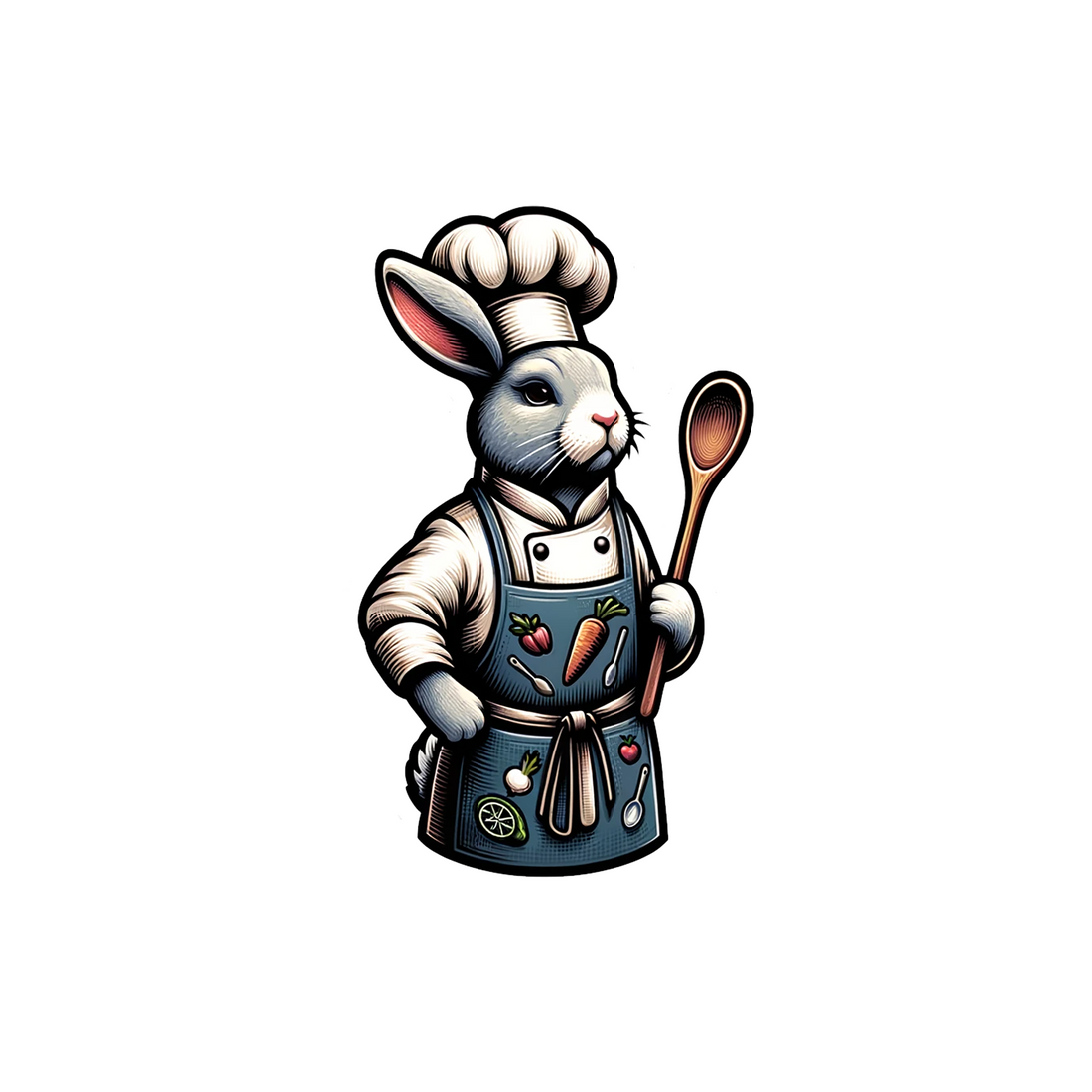
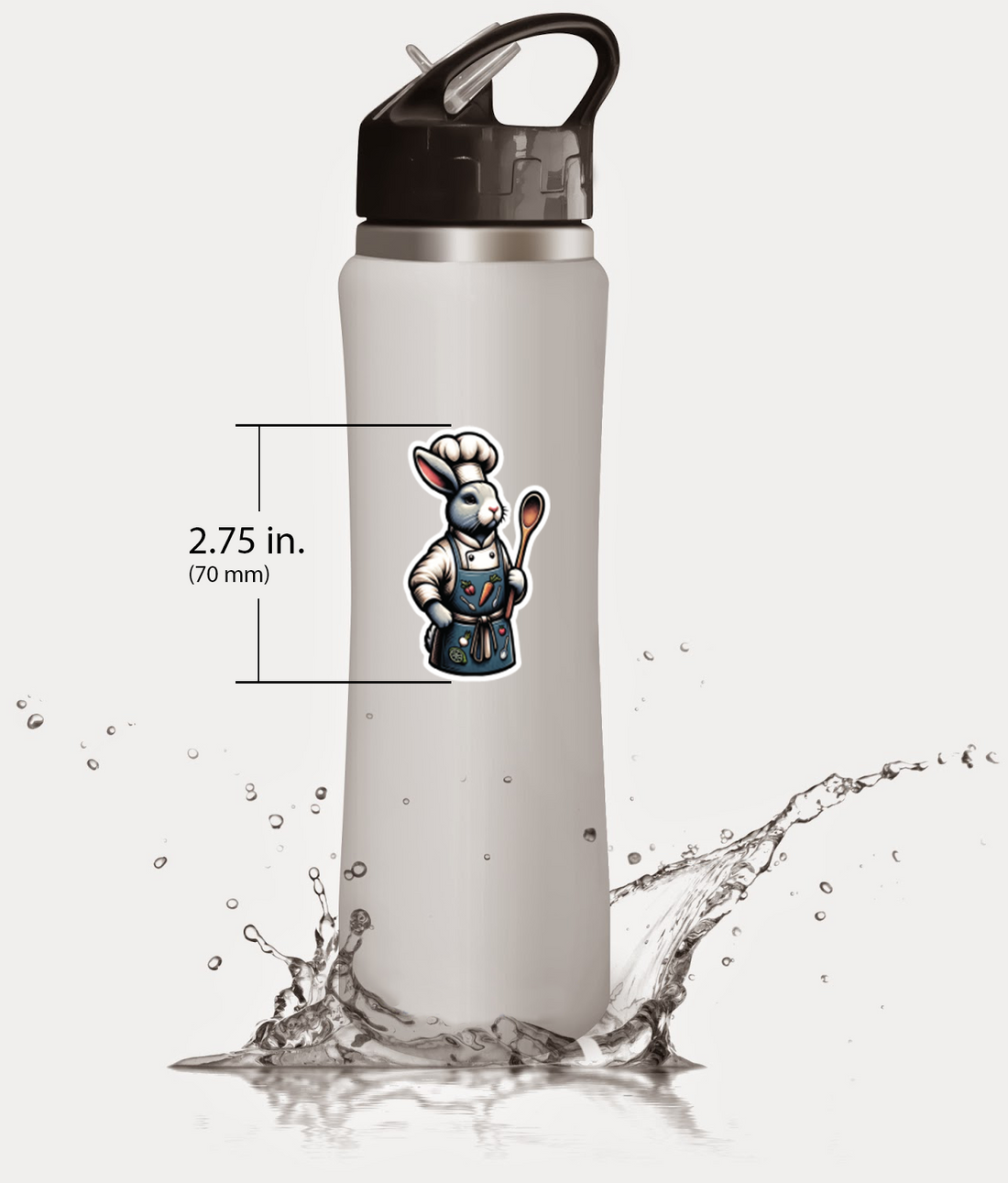




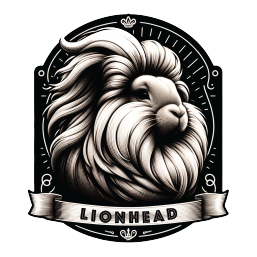

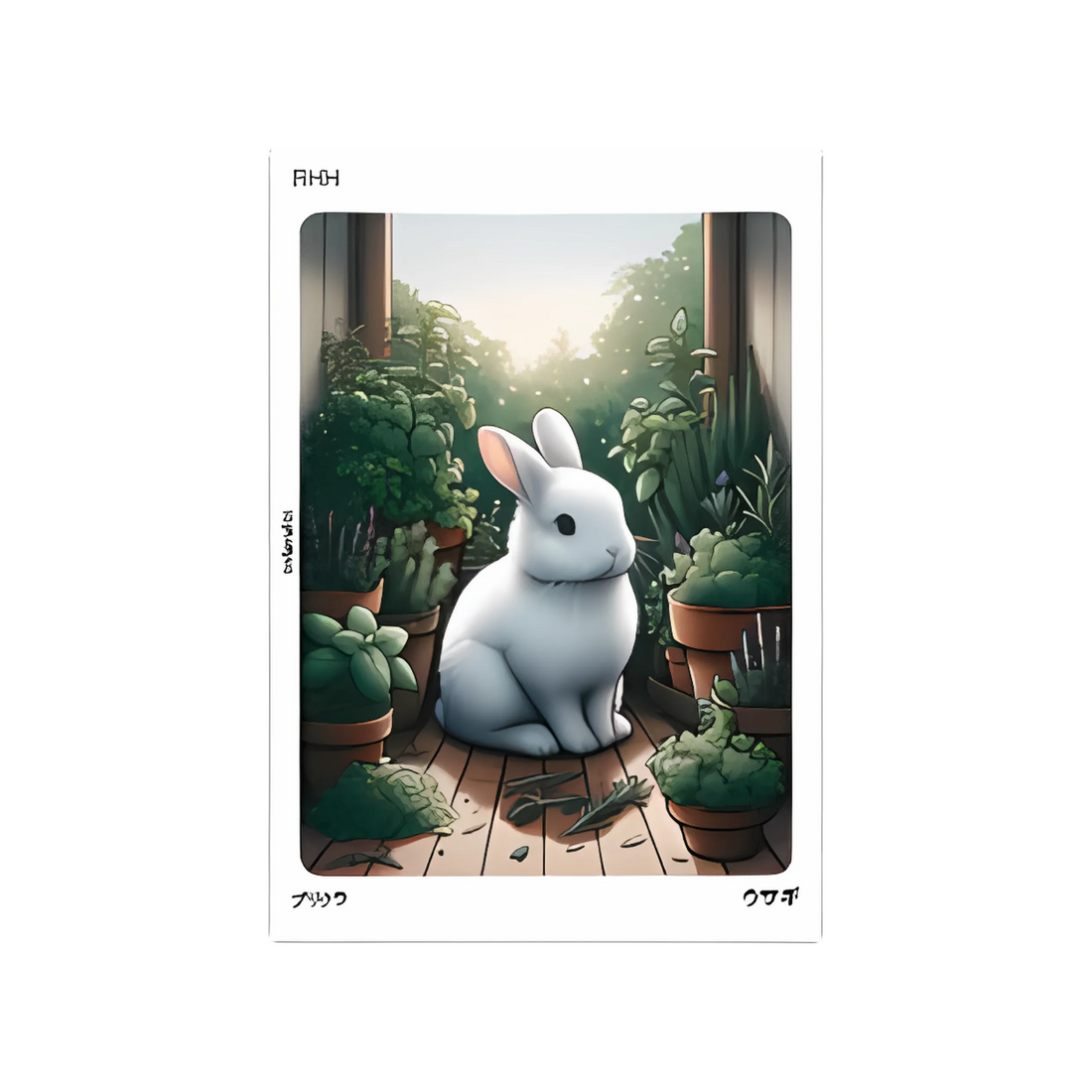

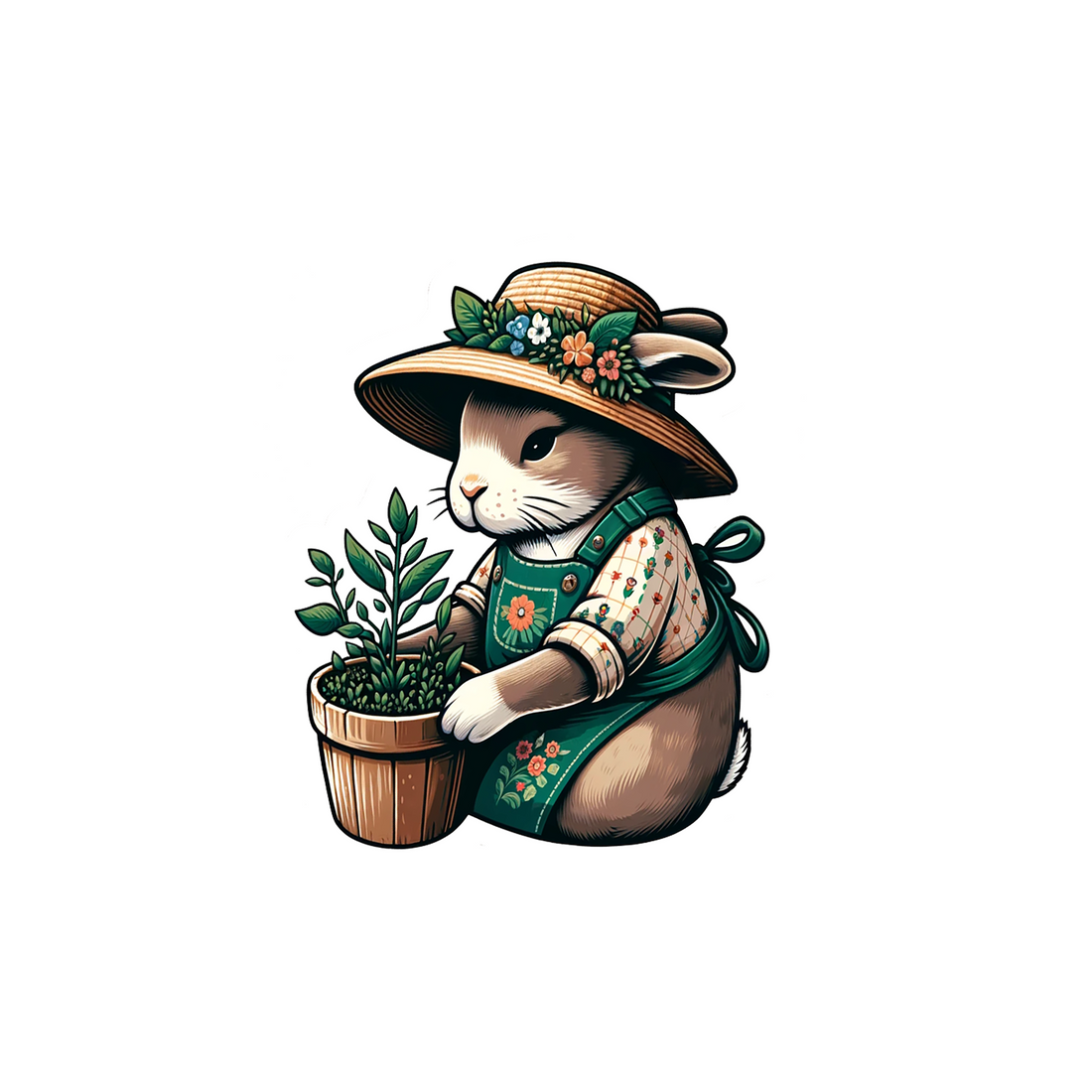
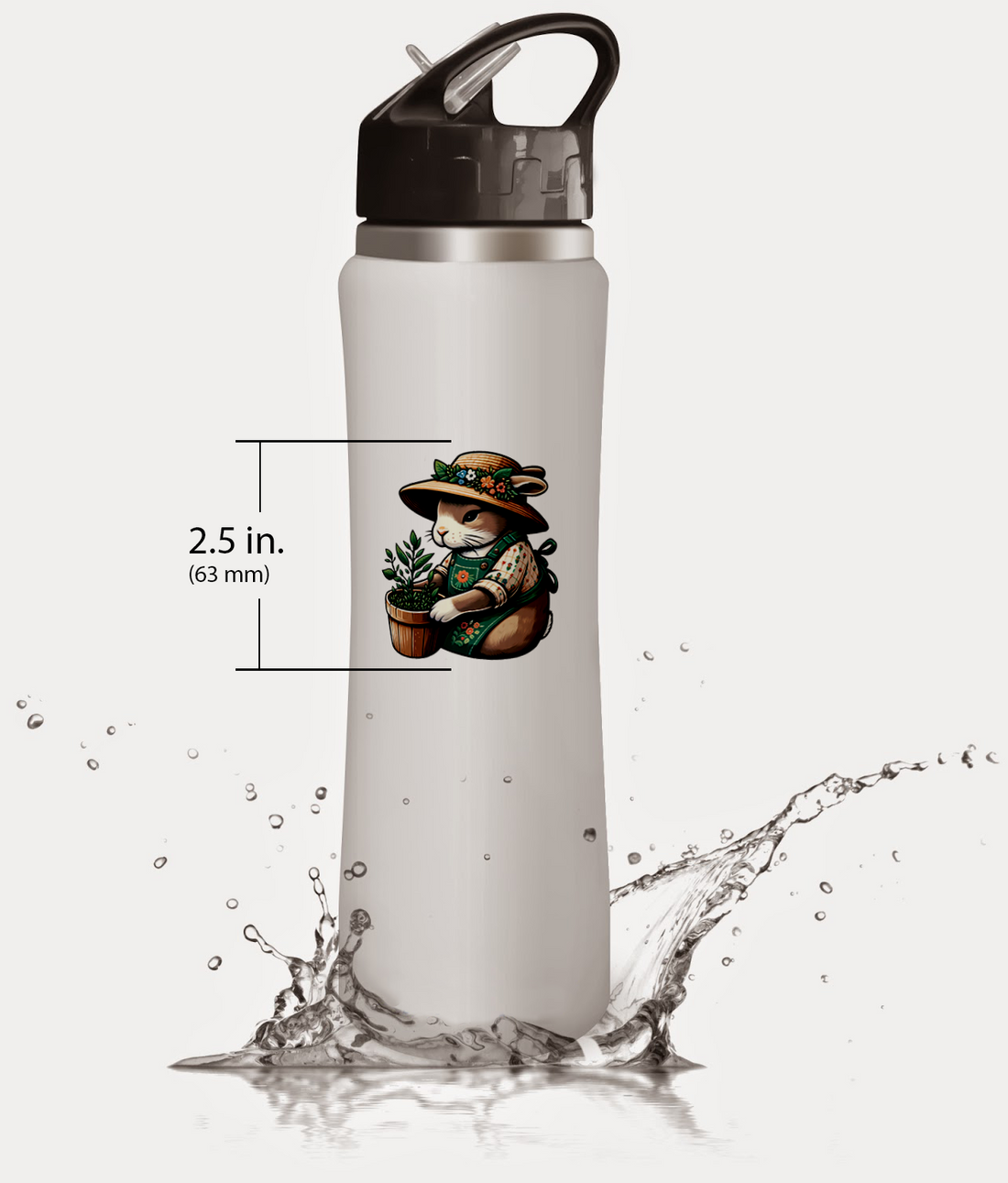

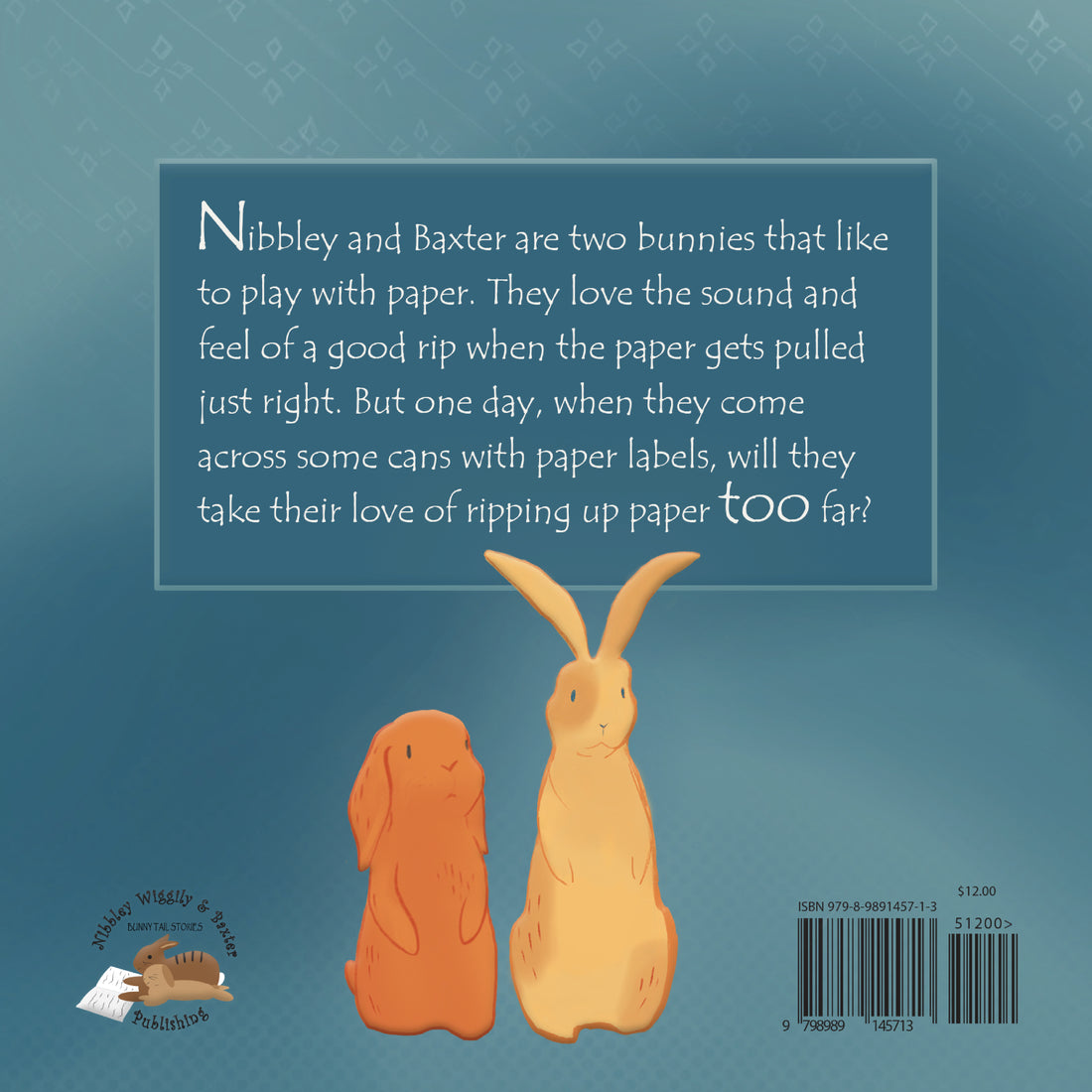

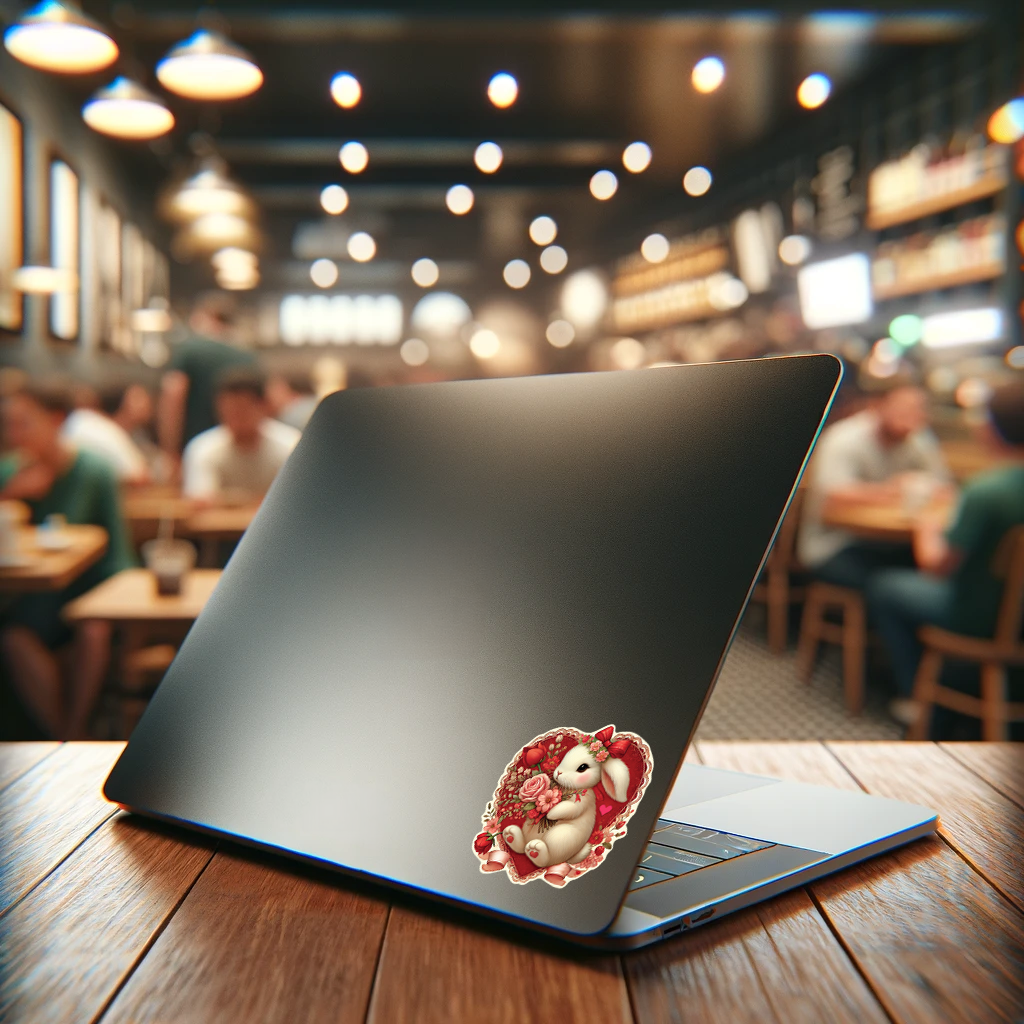




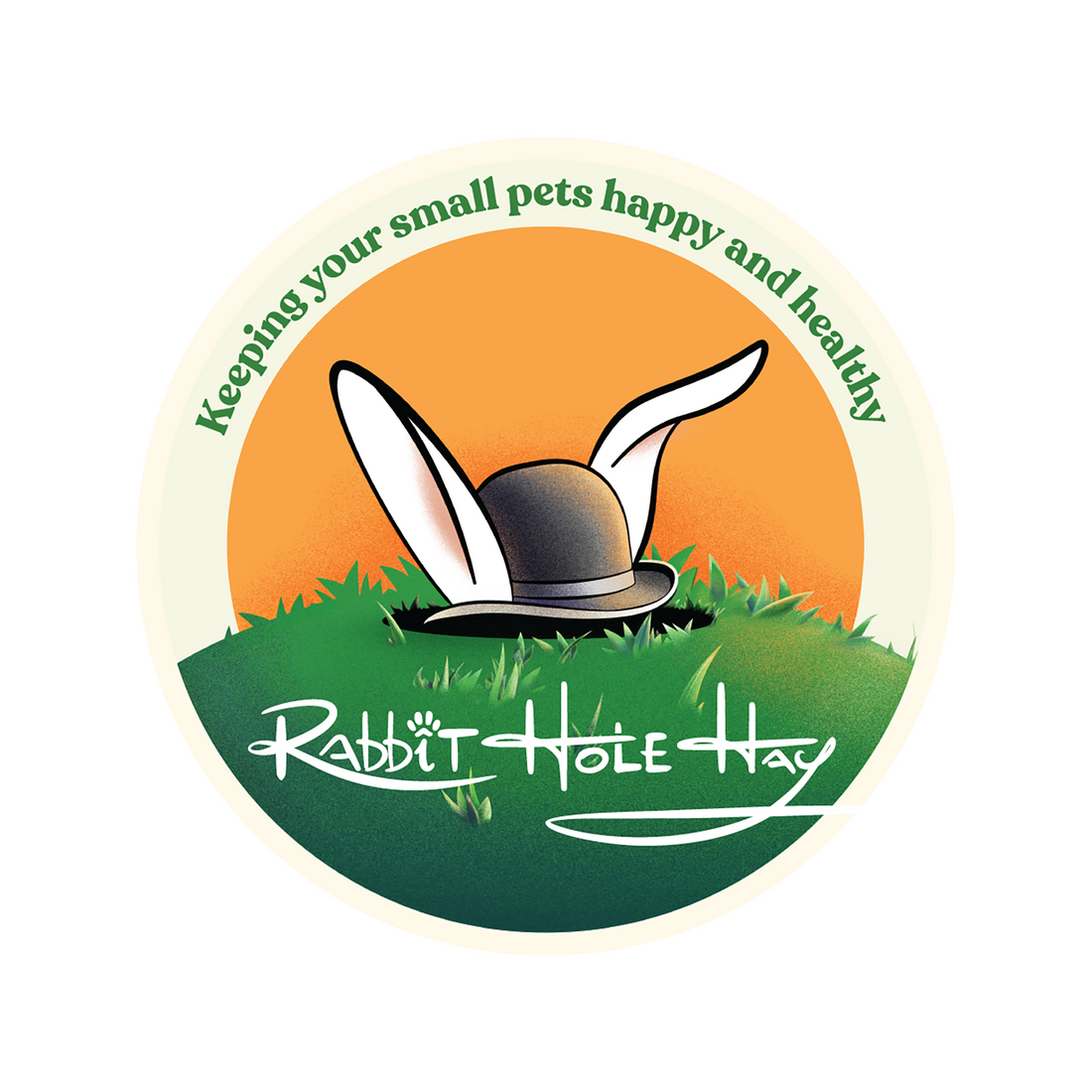
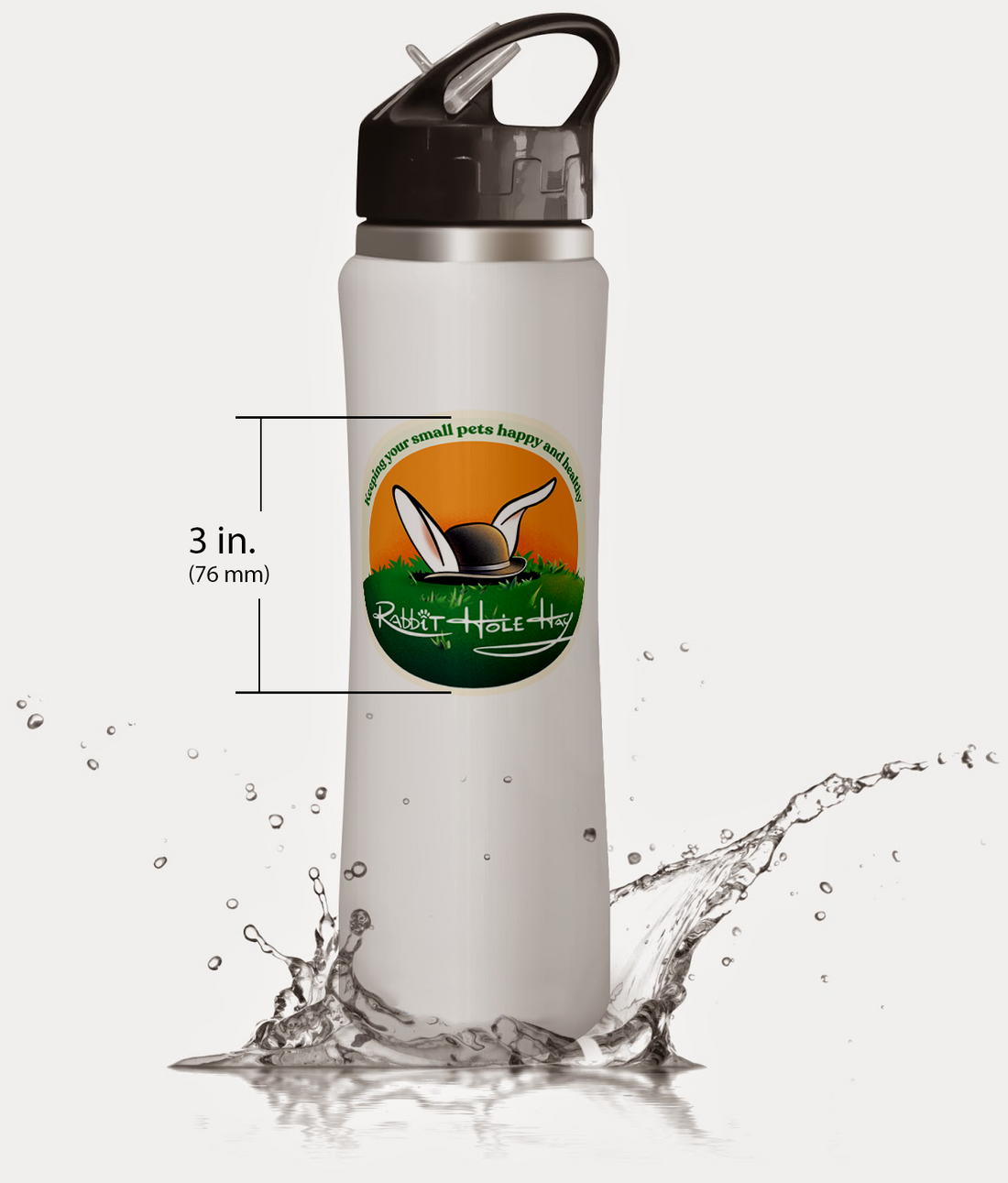
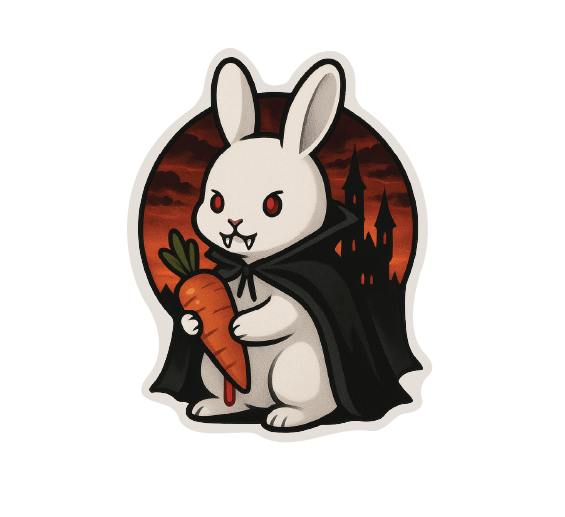





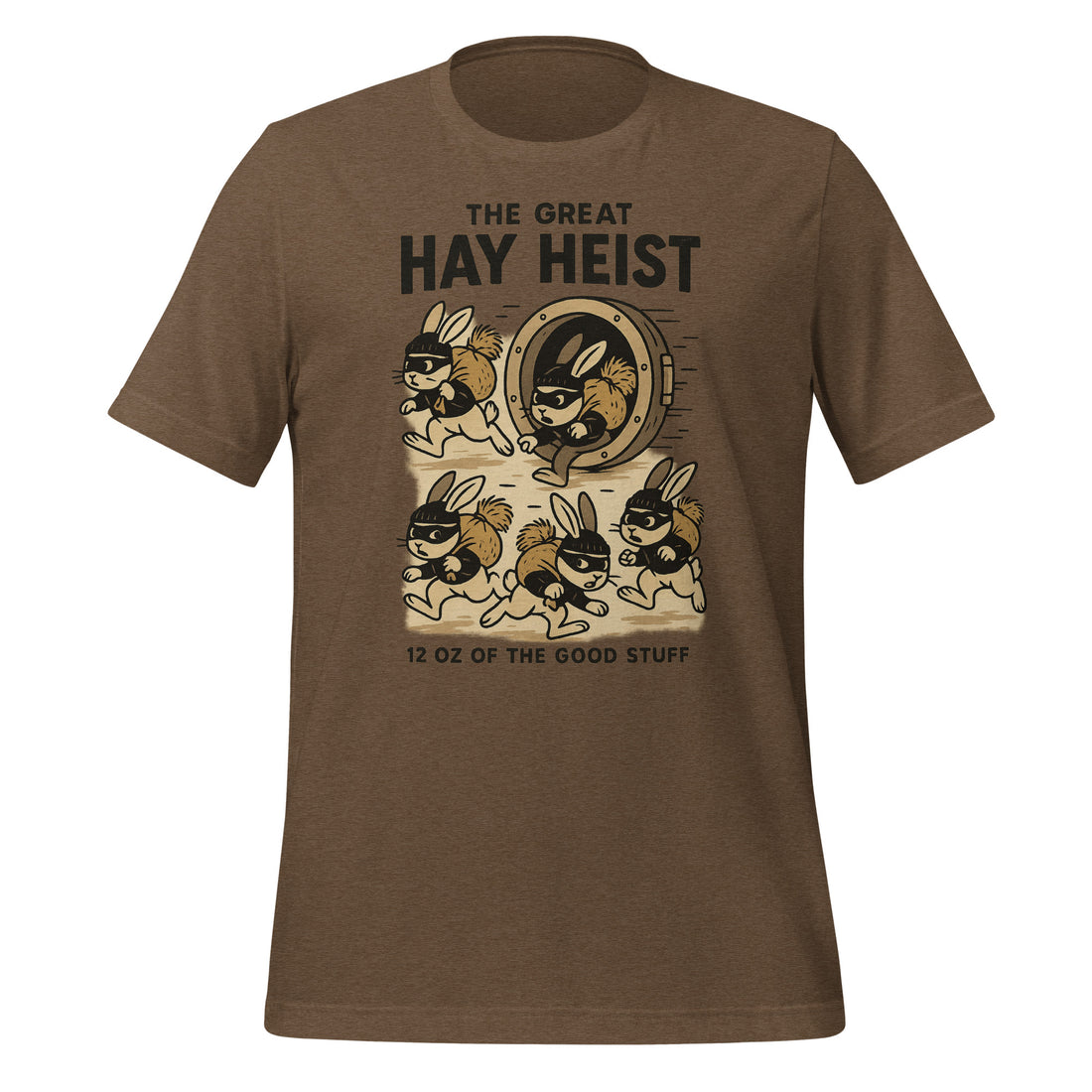

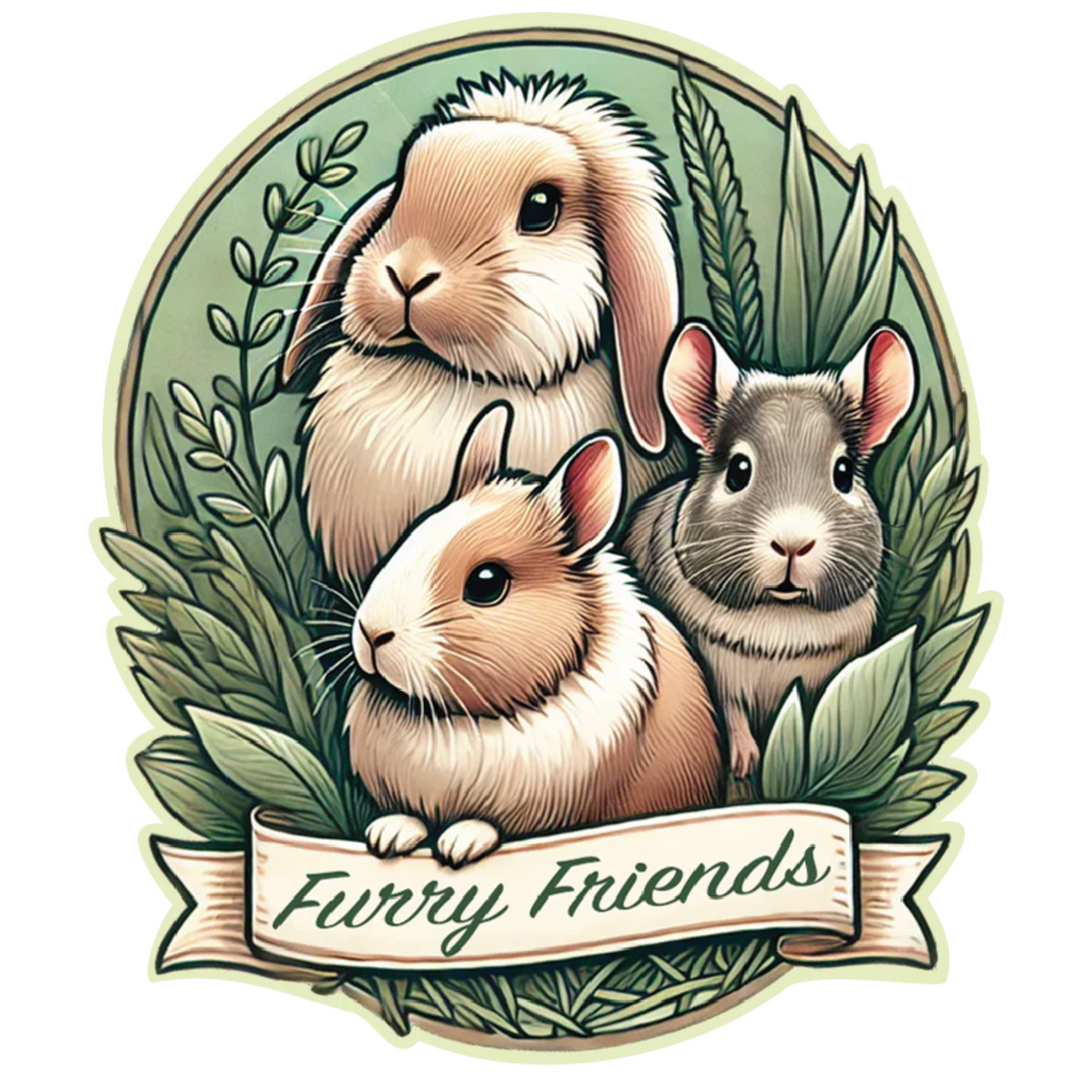
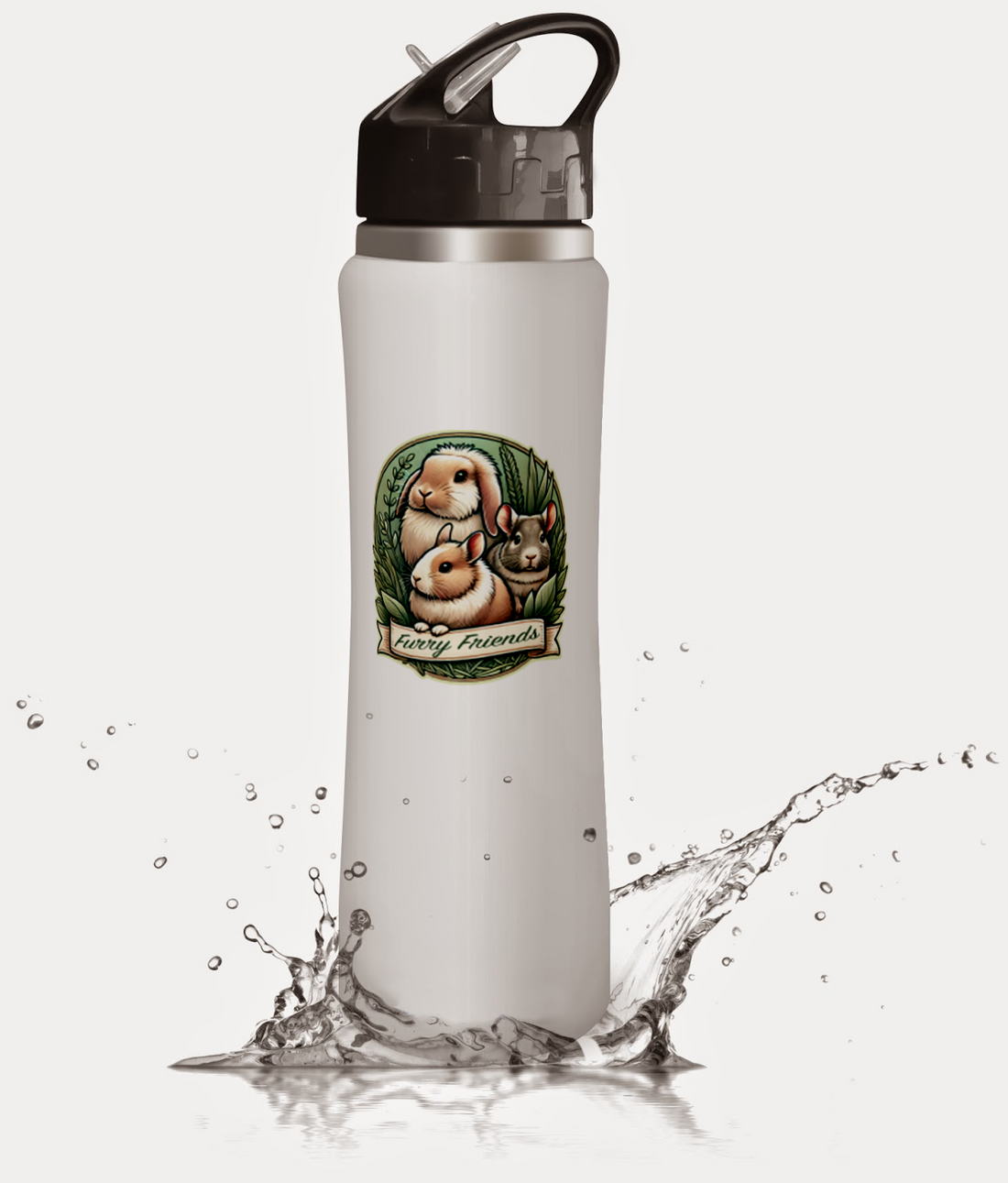

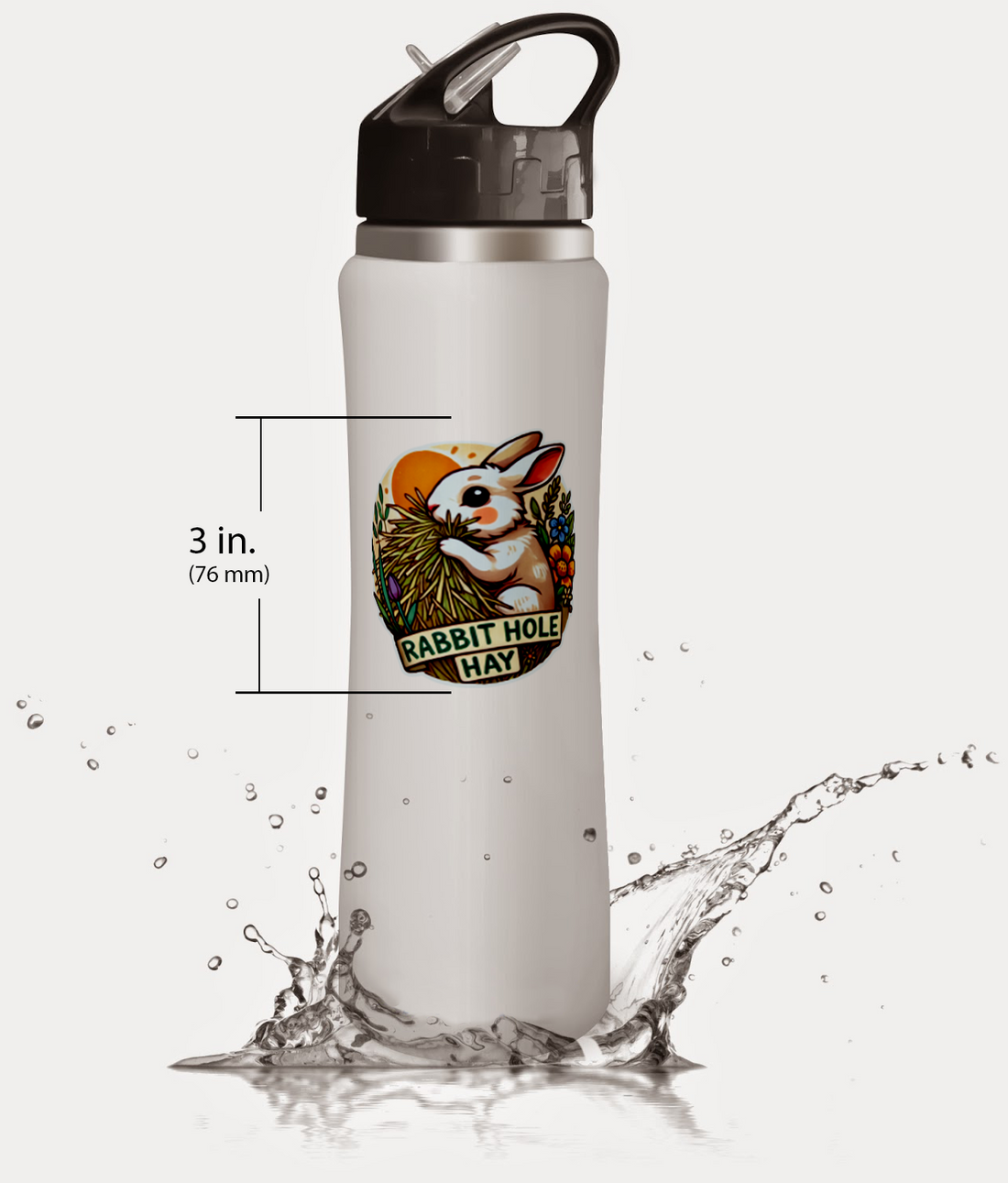

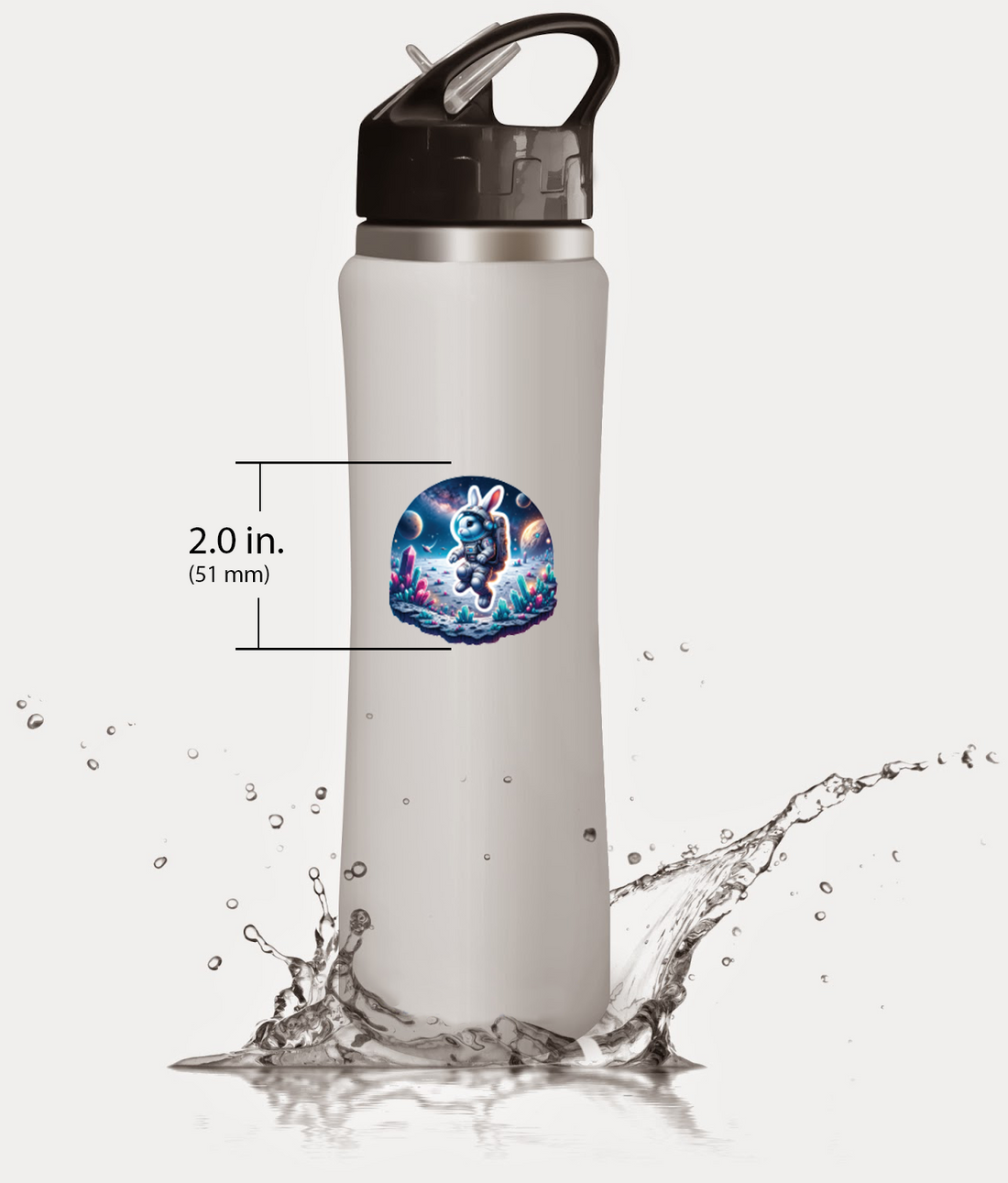

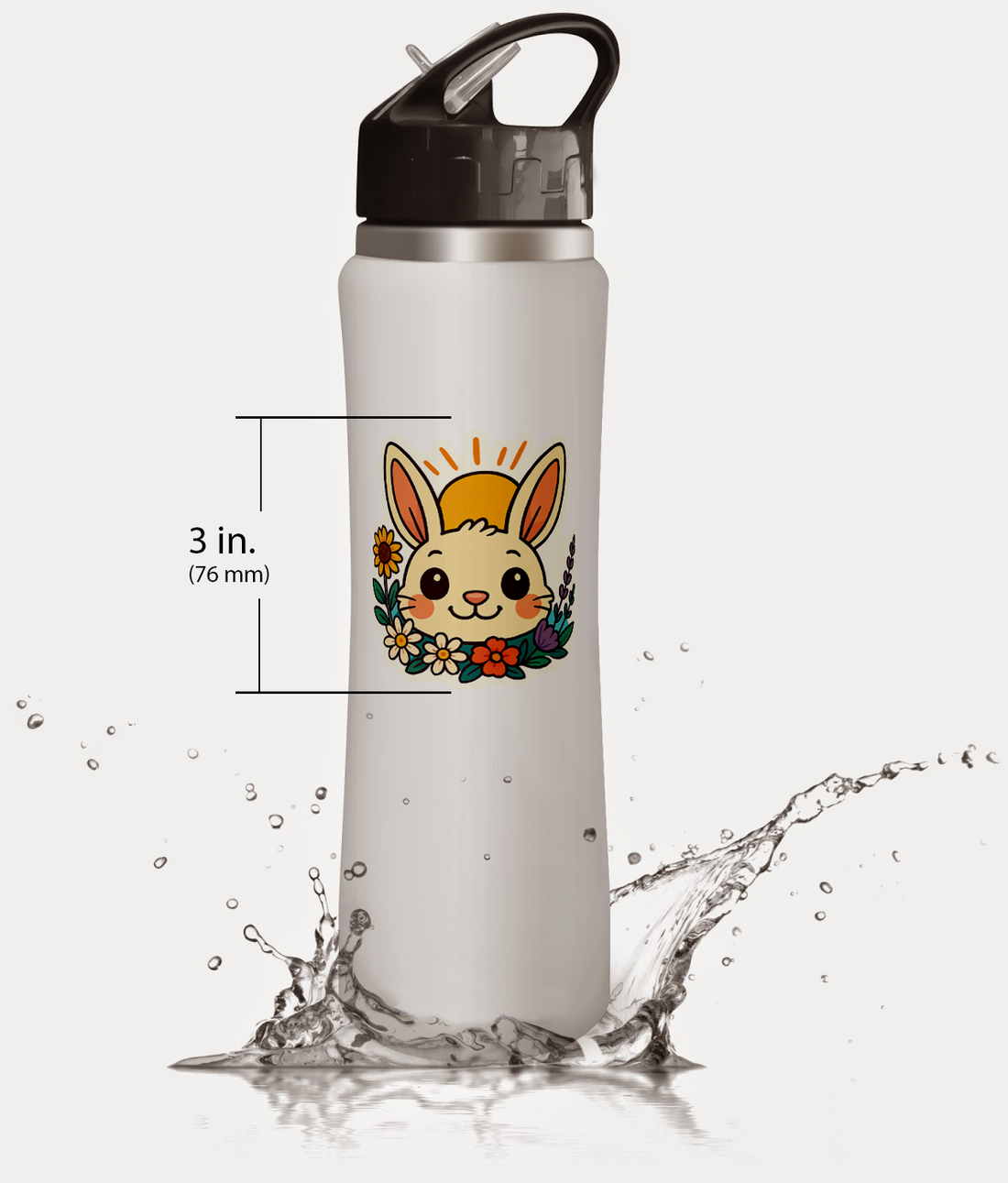








Comments